Photographing Leopards
The leopard is one of Africa's 'Big-5 animals' and is also one of the five 'Big-cats' (tigers, lions, jaguars, cheetahs and leopards).
The leopard is not easy to locate when on safari as it is elusive, due primarily to its solitary nature and good camouflage.
Photographing Leopards: but first to Find them...!
This goes for every animal – you cannot photograph them if you cannot find them, so locating the subject is your first task!
You can use the sightings boards, sighting books, sighting apps, speak to field guides and other guests, buy one of our park guides and/or try to find them yourself.
The chances of seeing a leopard are best in the early morning and late afternoon, but because they are unpredictable, you could also see them at midday. They tend to rest, feed and sleep in trees.
When the day starts to cool down, they begin to arise. They are mainly found in dense riverine bush, river drainage lines, on rocks...
or simply walking in the road!
Listen for the rasping grunt (or sawing of wood
sound) the Leopard makes, which is usually heard in the evenings. The sound is
to advertise its presence to other Leopards, while marking its territory.
If you want to see a leopard in action, then look for the bush signs – watch their prey. An Impala snorting will be an alarm call that something is amiss. A herd of Springbok or Impala looking in one direction or a warthog with tail erect lets you know some action may take place soon. Follow their line of sight and you may see a Leopard. Also listen for alarm calls of birds, monkeys and baboons.
Once you have located a leopard, check the direction of the sun and try and position yourself for the best lighting – so many guests spot the leopard, get so excited and start shooting, not realising they are shooting straight into the sun.
If you cannot move your vehicle to get a better position, then
spot-meter off the animal and expose for the light on the subject – you can
then try and correct the exposure later or convert the image to black &
white.
Photographing Leopards: Looking for Leopard Behaviors
Once you have found the leopard look out for behaviors such as yawning, grooming, spraying (marking territory), playing, stalking or mating.
It will open the door to images of it climbing up, feeding or descending the tree.
For these images below, we anticipated the leopard would come down so I set the focus on manual and pre-focused on the tree otherwise the focus would be hunting and you may get one shot instead of 3 like we got here.
In addition I used an aperture of f/8 to ensure the leopard would be in focus - a wider aperture of f2.8 or f4 would provide a depth of field that was too small and the leopard's eyes may have been out of focus, as the body is away from the tree, which is the point of focus.
Mating leopards make good photographic subjects because this event is rarely seen. The pair mates often during the day and the male will stay with the female for a few days. After mating you may get some good action photos because, like the lioness, the female leopard turns to swat the male. There may also be some snarling involved and then it’s all over – they go their separate ways.
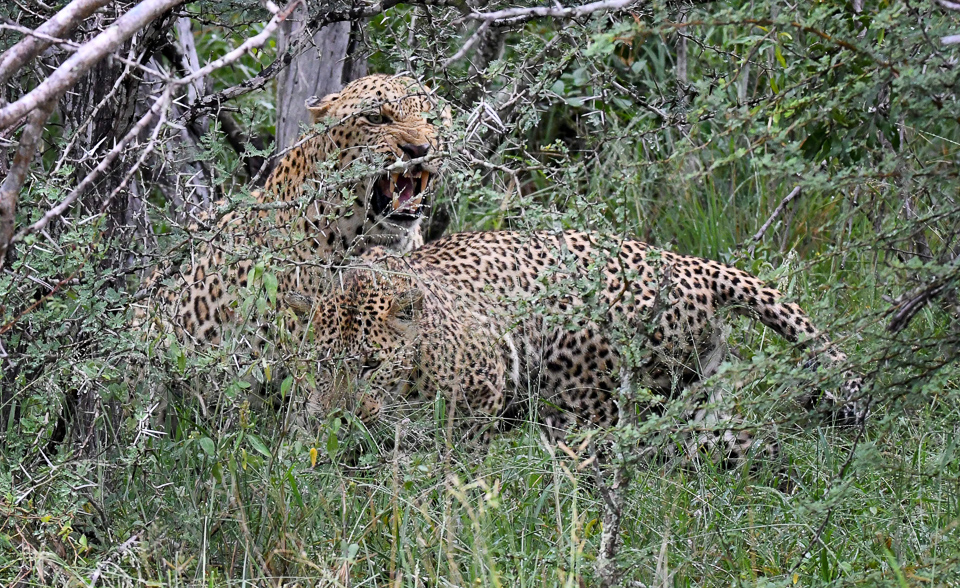 The bush was so thick with these mating leopards! They were slowly moving towards us - they would mate, move forward, mate, move forward every 5 minutes. The next mating, would have most probably been in the open in front of us - BUT we were on a guided safari and the guide decided we had spent enough time there (after agreeing with us to stay until the next mating) and he starts up and pulls off! Now do you see why we prefer self-drive safaris!!
The bush was so thick with these mating leopards! They were slowly moving towards us - they would mate, move forward, mate, move forward every 5 minutes. The next mating, would have most probably been in the open in front of us - BUT we were on a guided safari and the guide decided we had spent enough time there (after agreeing with us to stay until the next mating) and he starts up and pulls off! Now do you see why we prefer self-drive safaris!!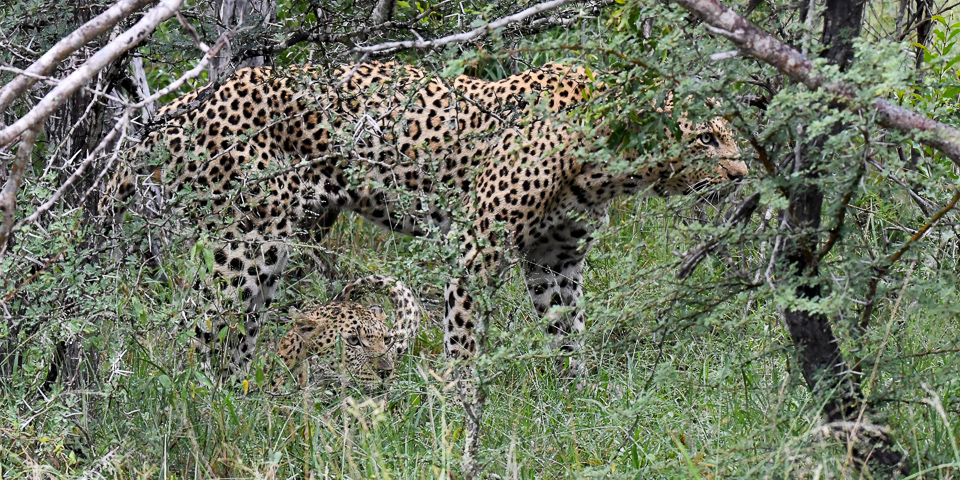
And keep an eye out for that white tip of a tail going through long grass, drive in the direction the cat is moving and position yourself where there is a gap in the grass.
Leopard cubs are kept hidden in dense bush or secluded areas. If you come across cubs, try to stay with them as they frolic in the bush and play with each other.
They get into all kinds of mischief and make good photographic subjects. No matter what they are doing, you won’t want to miss this opportunity.
Leopards hunt at any time of the day but mainly between dusk and dawn. They first stalk their prey, then a quick, short dash and a pounce.
They kill with a bite to the neck and then they hoist their kill up a tree to get it out of reach of other predators, like lion and hyena.
They are physically built for this, with large heads and very strong necks. This allows them to hoist their prey up into the tree where they will feed at their leisure.
If you come across a fresh carcass in a tree, chances are the Leopard is not far off. It may leave to have a drink or mark its territory, so stay with the carcass as you may get to see the return of the Leopard to its kill – if you have patience!
And it's not just a carcass that will bring a leopard back - they are territorial and can spend days in one area, like the De Laporte leopard does in winter. She tends to stay around the De Laporte waterhole for long periods in order to ambush animals coming to drink.
The one year we spotted a leopard on the park access road between Orpen gate and Orpen camp just before closing time. (Many guests speed through this short 5 km stretch of road, not realizing they are in the park and could have some great sightings.)
We were staying at Tamboti Tented Camp but were leaving the next day. We then told our friend, Trevor Barnett, about the leopard as he was checking into Tamboti that afternoon.
The next day he drove through the boom gate and spotted the cat around lunchtime. He decided to come back later that day and after searching for half an hour he spotted her stalking some impala
That's when she climbed onto a dead tree and stood up!
Most people will put their cameras away on overcast days, but these are the best days to photograph leopards. It becomes an exposure challenge if a leopard is sitting in the shade of a tree with a bright sunny sky as the backdrop. When the sun is blocked by clouds, it reduces the deep shadows and bright highlights.
One of the biggest challenges when photographing leopards is to ensure you get their long tail in the image, so be sure to check the edges of the photo frame before you click the shutter button!
If you are struggling in finding and photographing leopards you are not alone. Many people have never seen one in the wild! You should then go on a night drive, as this will provide you with a good opportunity to spot this elusive cat.
In winter, sit at the camp waterholes or hides and you may be
blessed with a leopard drinking...
The images in this Photographing Leopards gallery were all captured in the wild in five of Africa's best national parks and game reserves; namely the Kruger National Park, the Kgalagadi Transfrontier Park, Etosha National Park, the Pilanesberg Game Reserve and Madikwe Game Reserve.
Return from Photographing Leopards to Photo Strategies page
Return from Photographing Leopards to K2K Homepage
To make a safari rental booking in South Africa, Botswana or Namibia click here
"It's 768 pages of the most amazing information. It consists of, well, everything really. Photography info...area info...hidden roads..special places....what they have seen almost road by road. Where to stay just outside the Park...camp information. It takes quite a lot to impress me but I really feel that this book, which was 7 years in the making, is exceptional." - Janey Coetzee, founder of CAROK (Camps and Roads of Kruger) South Africa
"Having a passion for the region itself and having to know about all dynamics, water holes and ideal roads for a period of 6 years - I wish I had this guide on my first trip already!" - Morkel Erasmus, Secunda, South Africa
"Mario and Jenny take you to places that are not always visited, and their descriptions of the more remote camps will allow you to make an informed decision without wasting time and money" - Bob & Sherry Shepardson, DeBary, Florida, USA
"Your time and money are valuable and the information in this book will help you save both." - Don Stilton, Florida, USA
"I highly recommend the book to anyone visiting Etosha National Park to photograph the animals - or anyone considering an African photography safari in the future." - Anne Darling, Cognac, France
"As a photographer and someone who has visited and taken photographs in the Pilanesberg National Park, I can safely say that with the knowledge gained from this eBook, your experiences and photographs will be much more memorable." - Alastair Stewart, BC, Canada
"This work is so much more than an eBook, because it is also a guide, a tutorial, an inspiration and a must-have for anyone interested in wildlife photography" - Findtripinfo.com, USA
Photo Safaris on a Private Vehicle - just You, the guide & the animals!
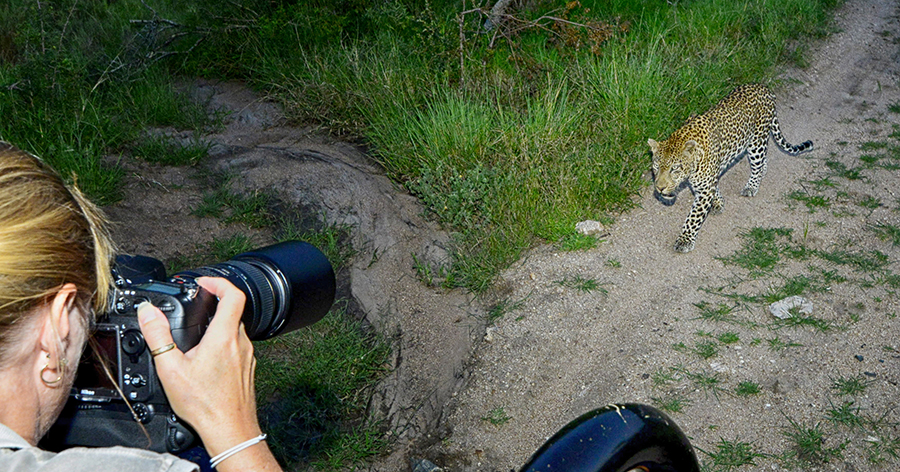
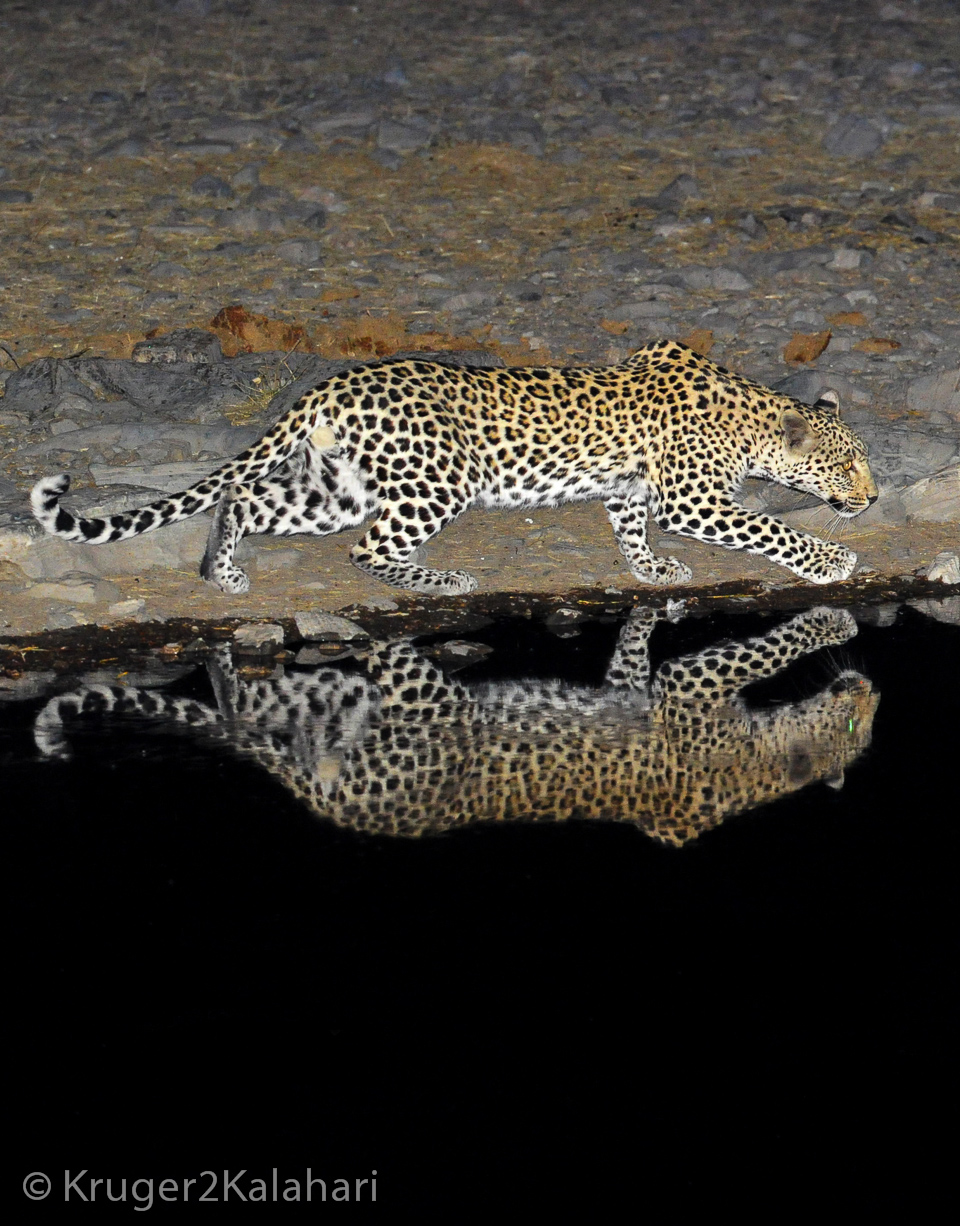
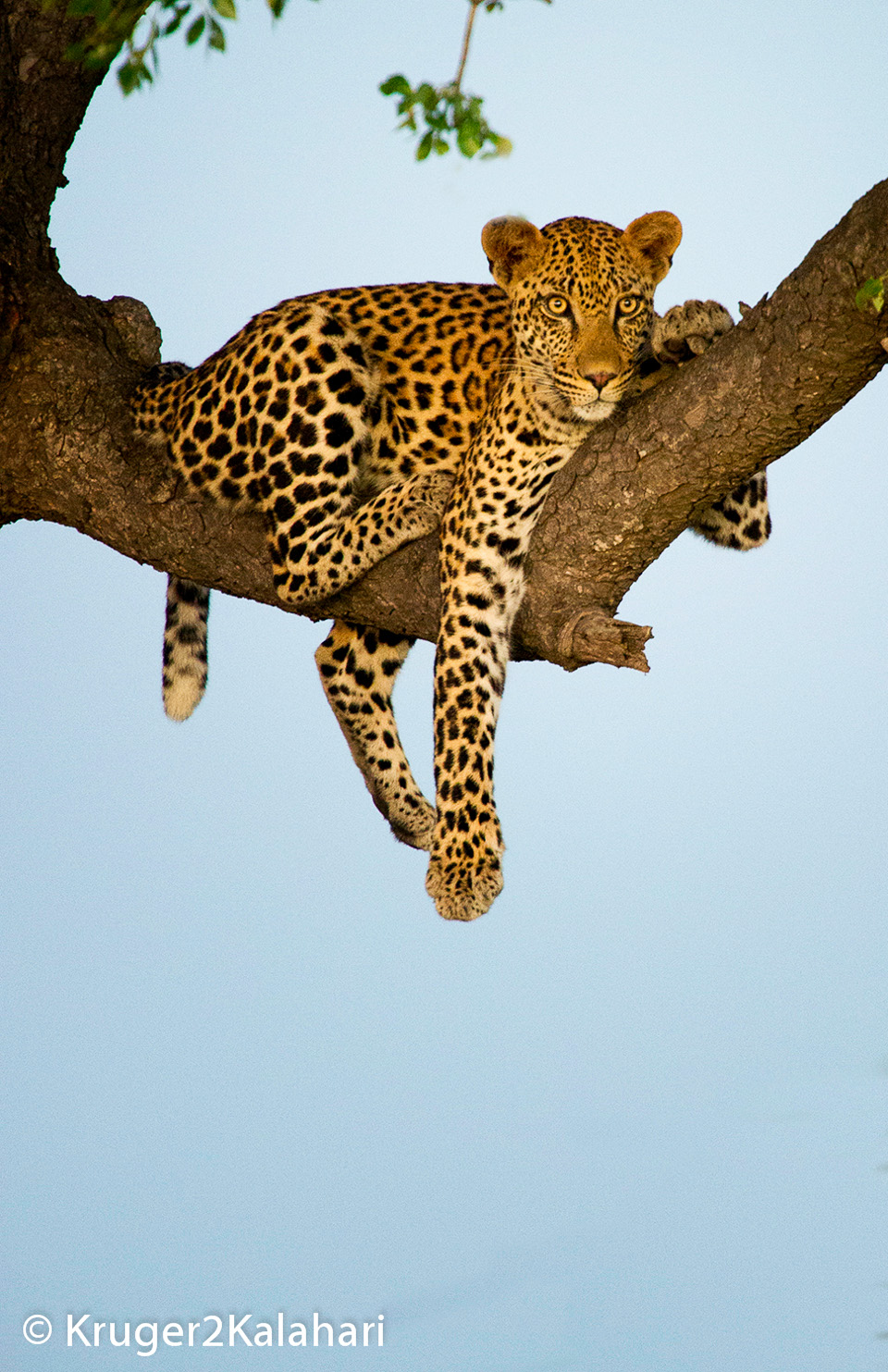
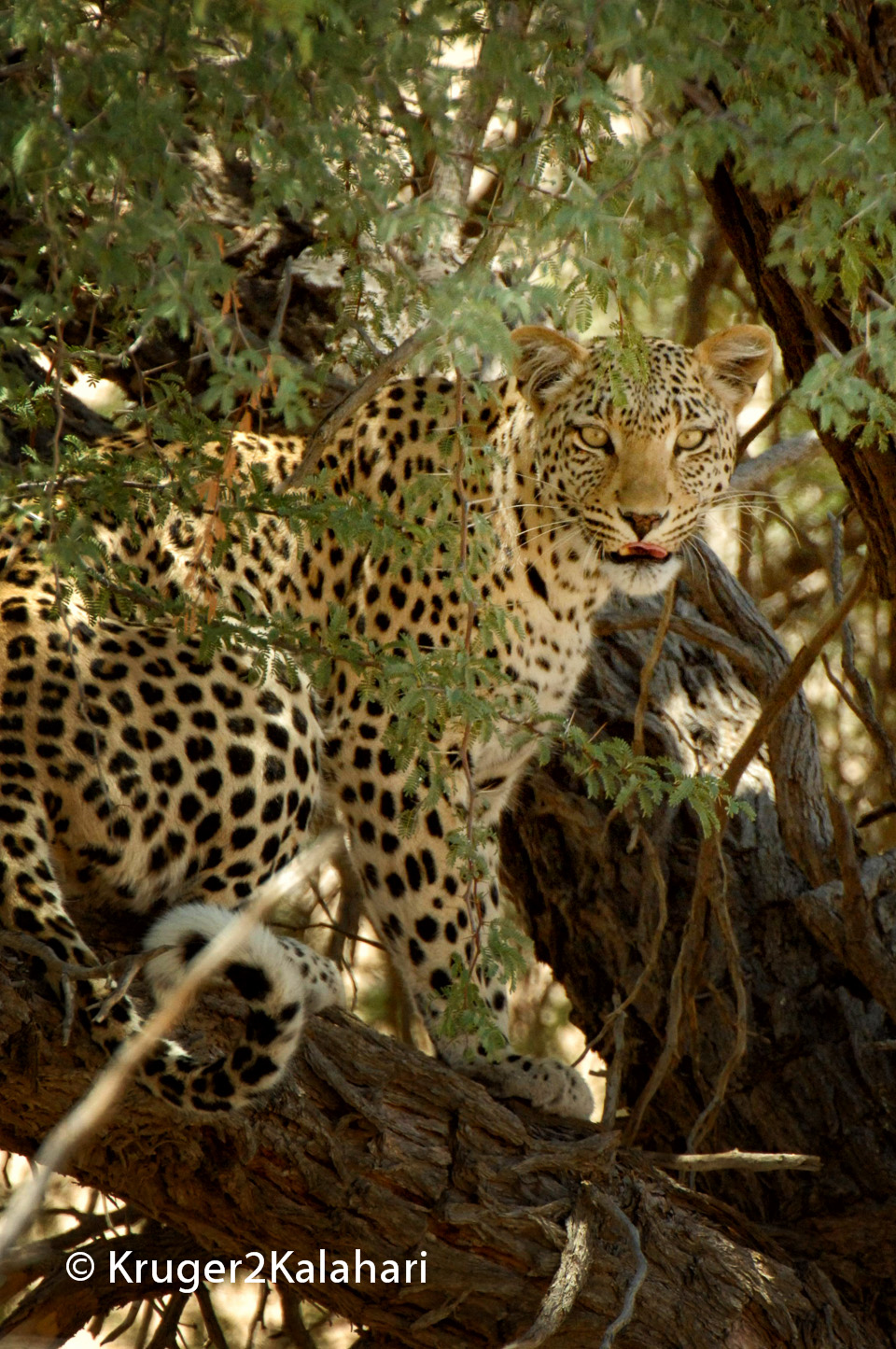
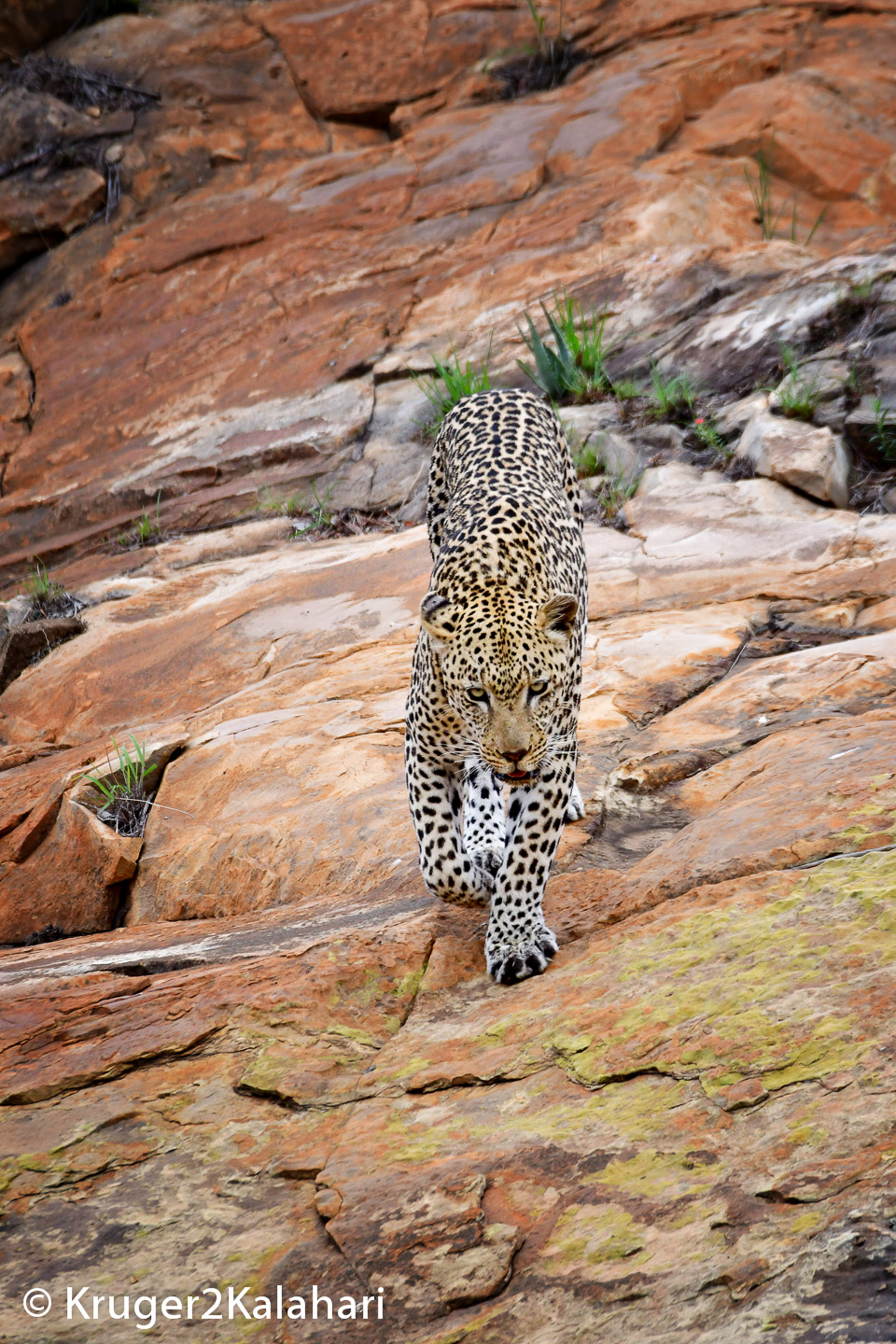
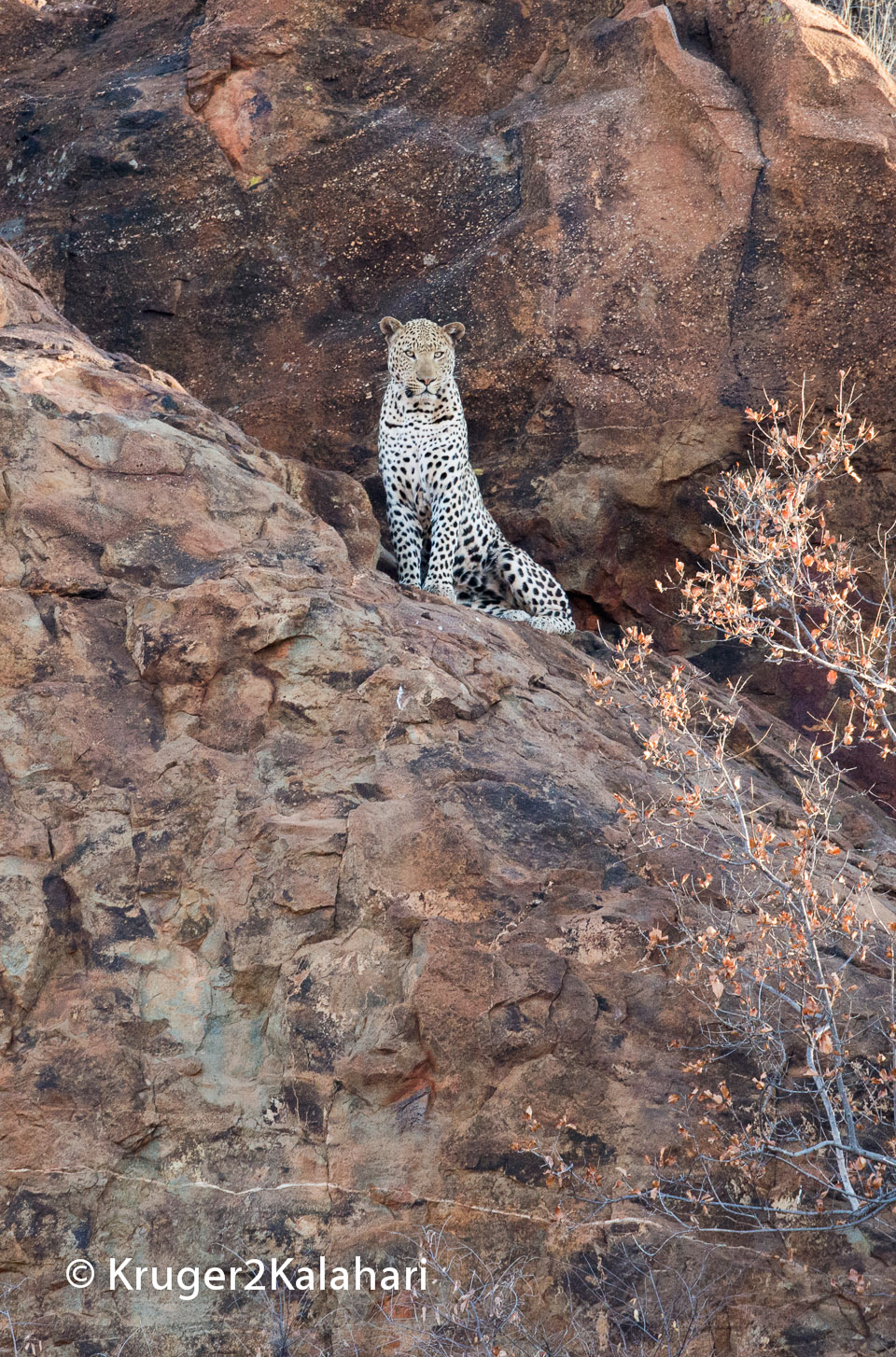
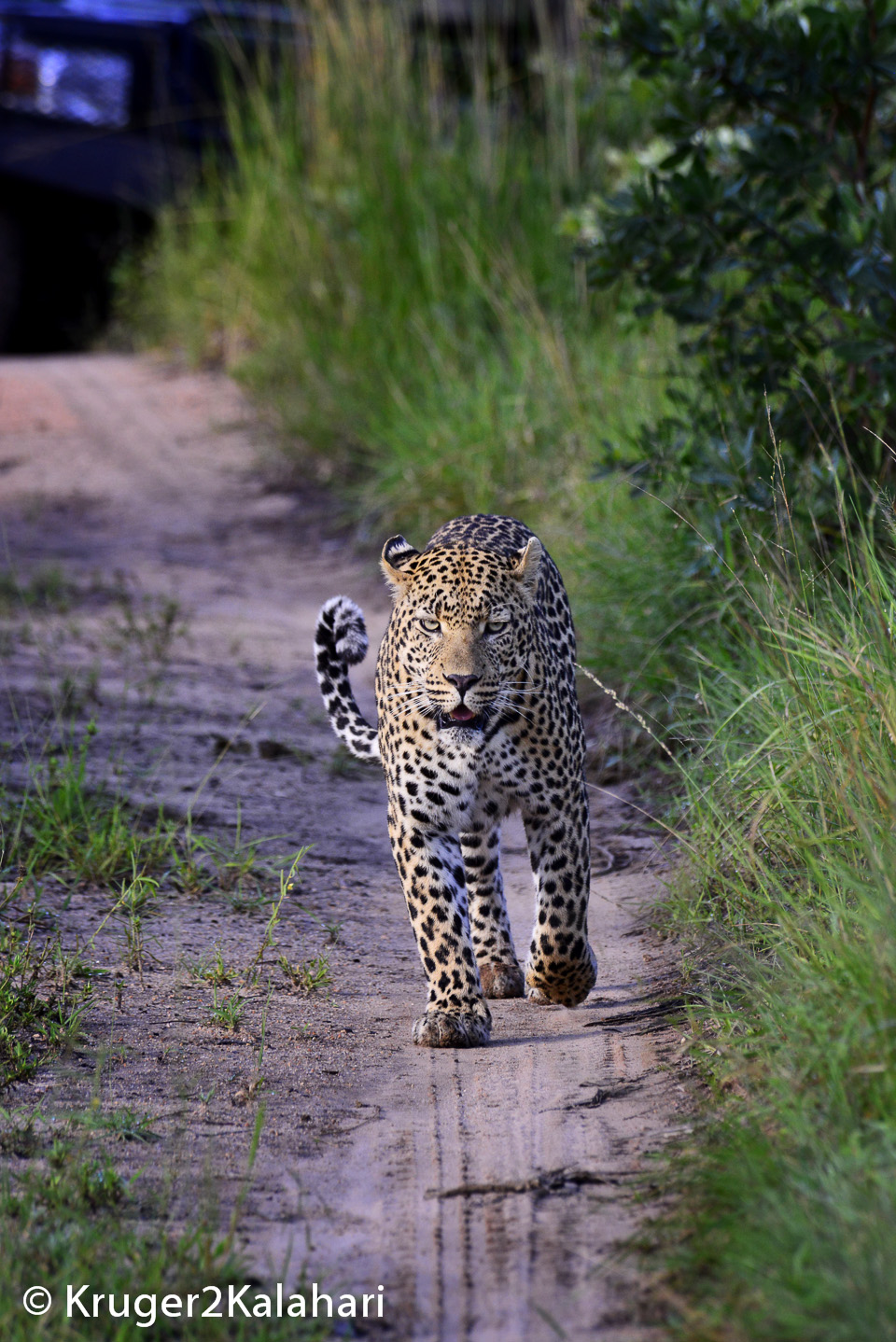
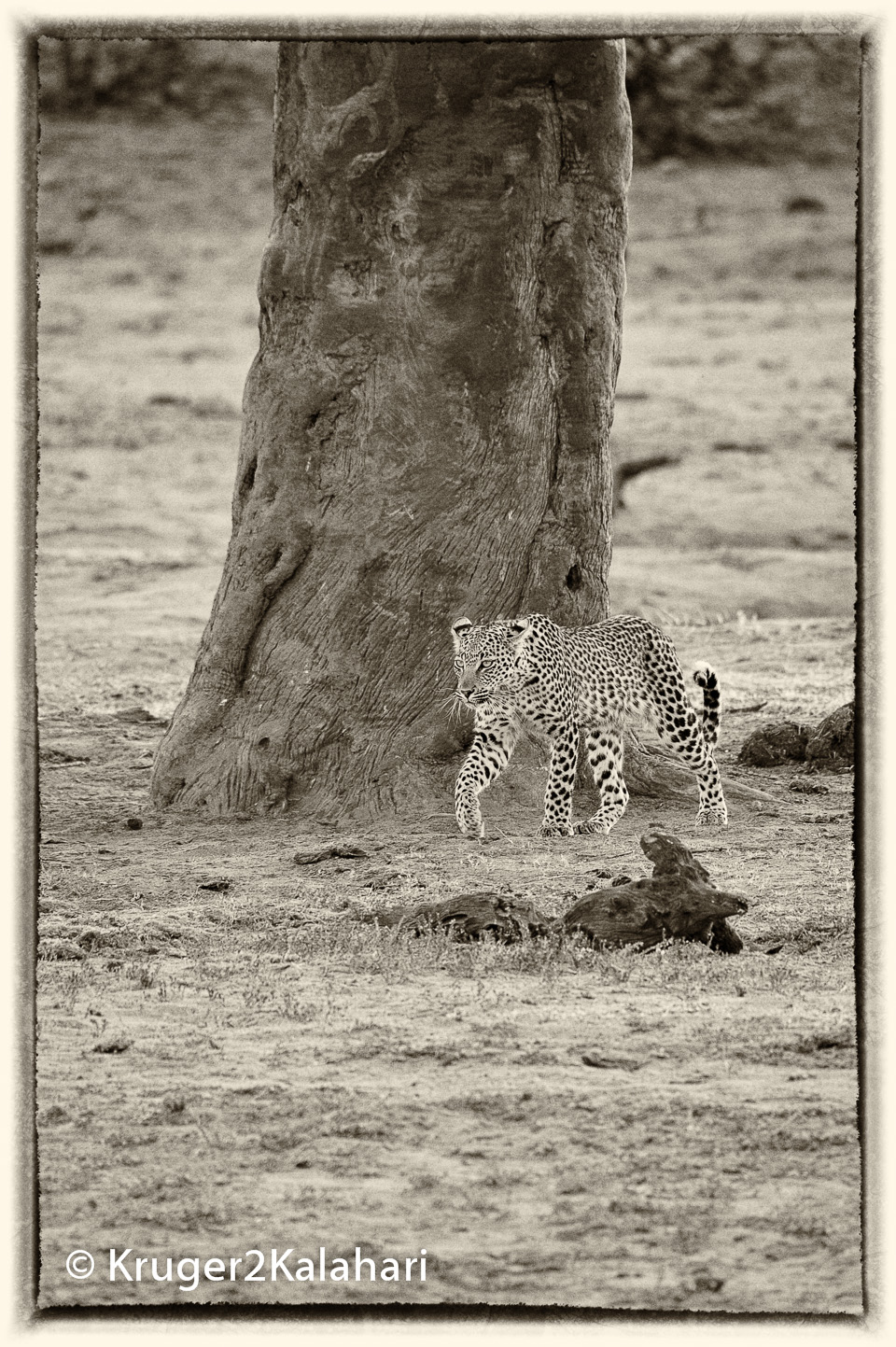
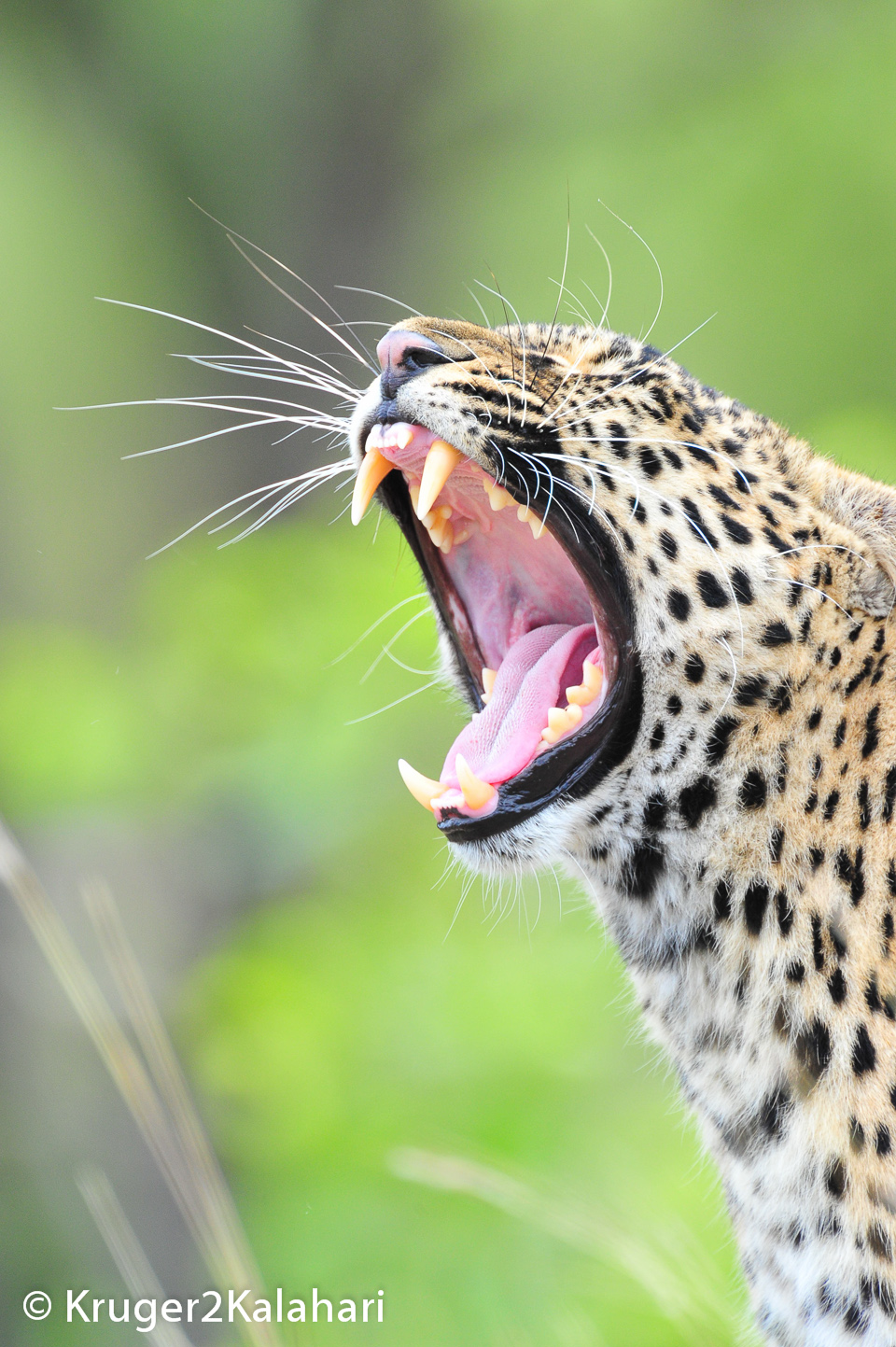
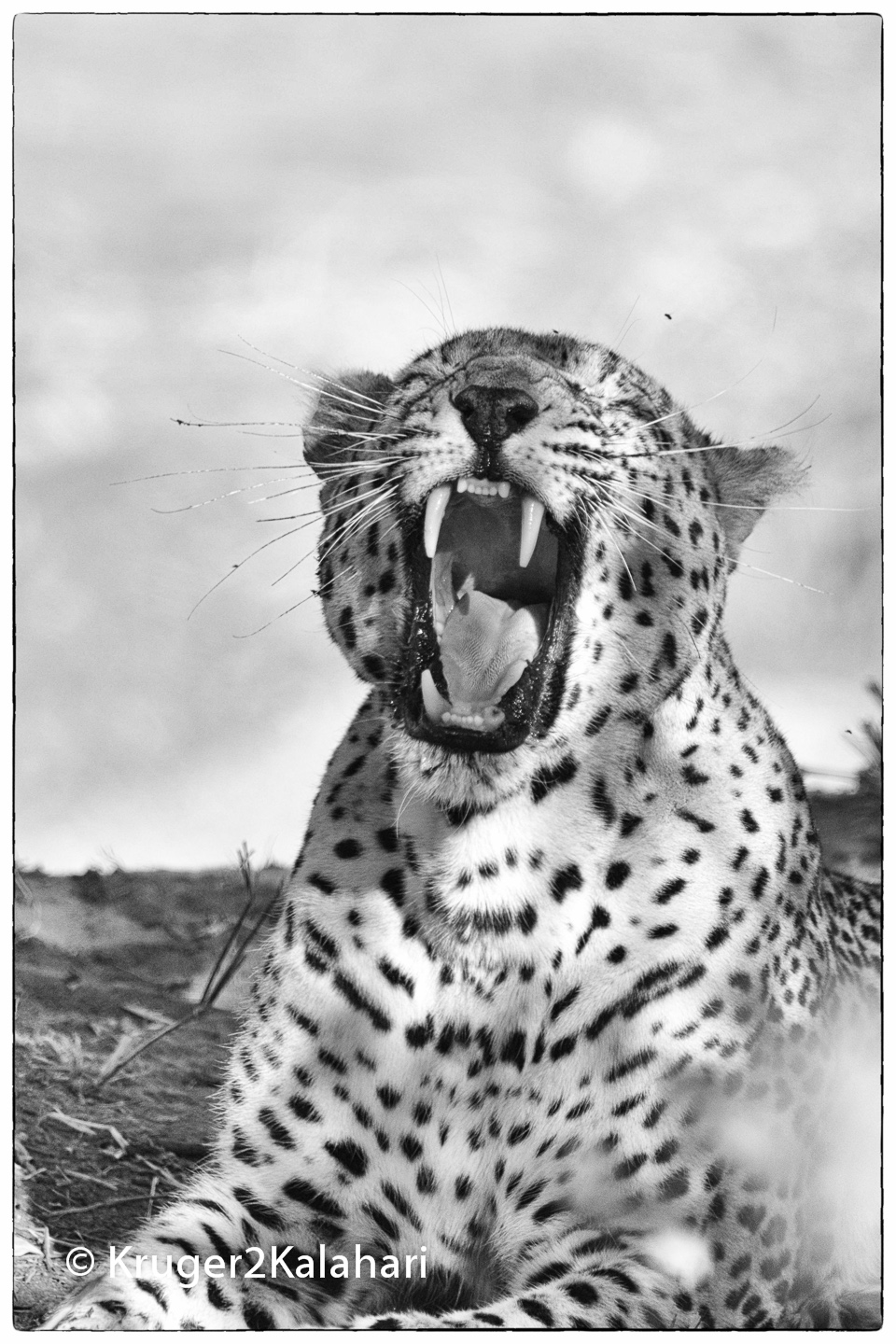
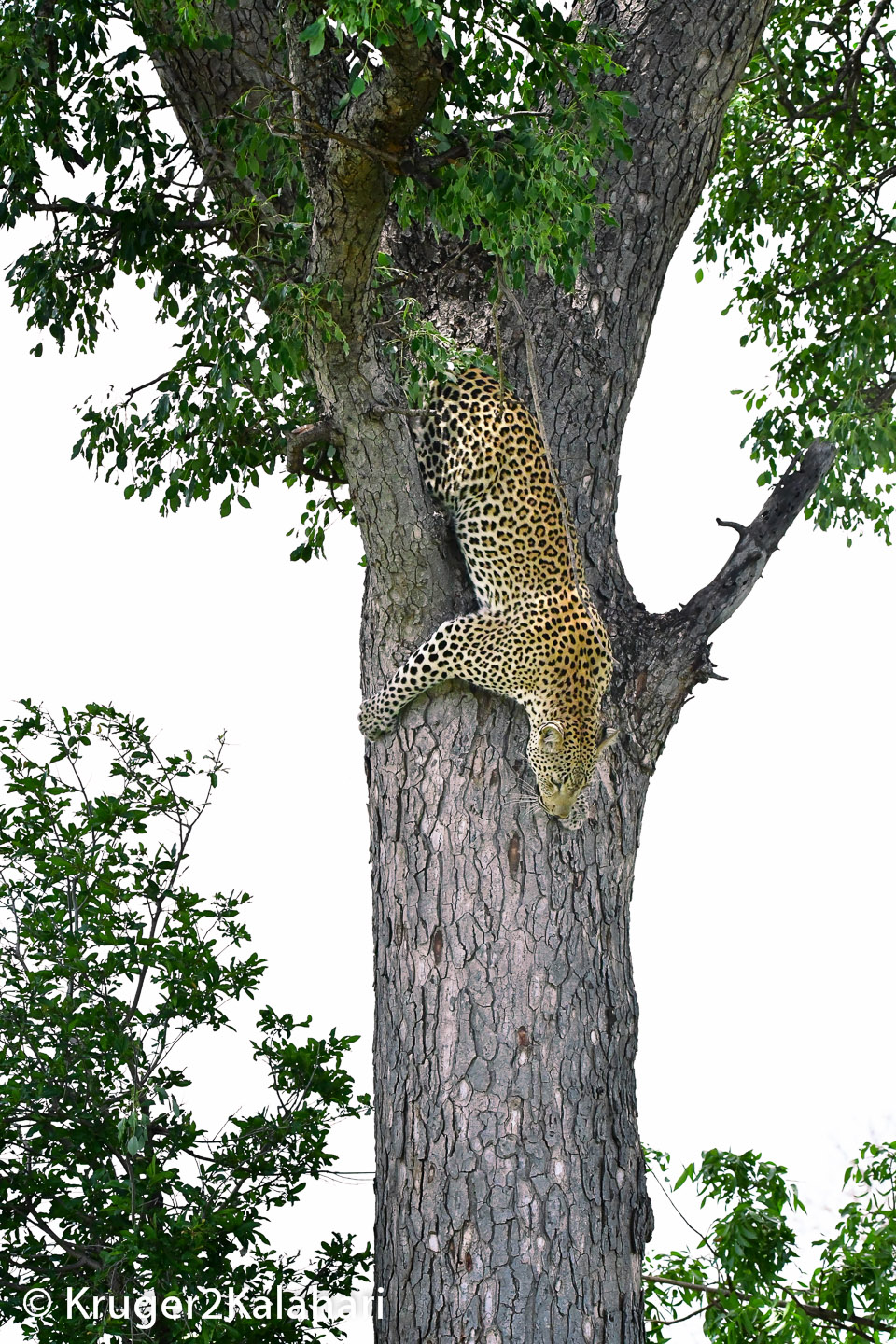
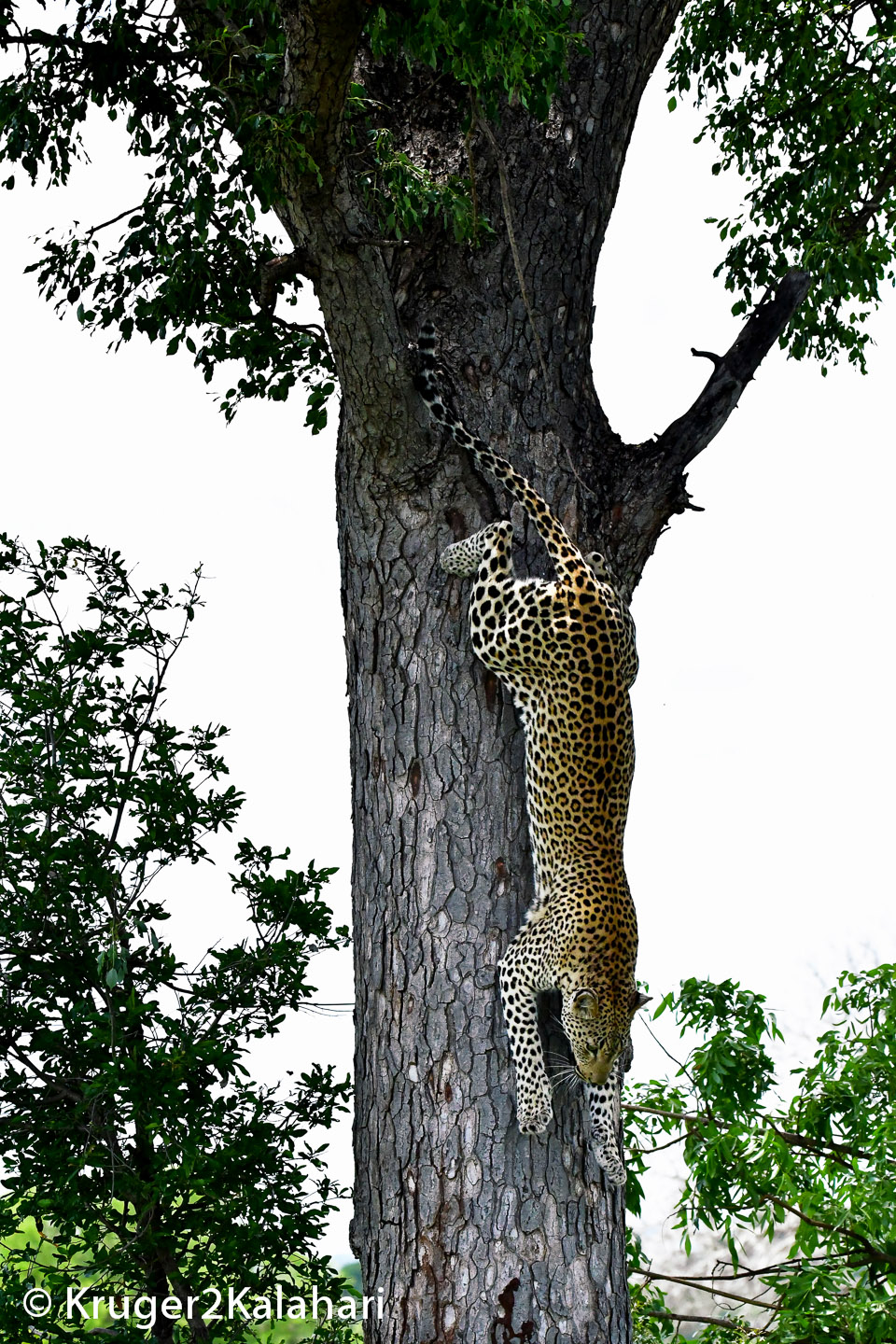
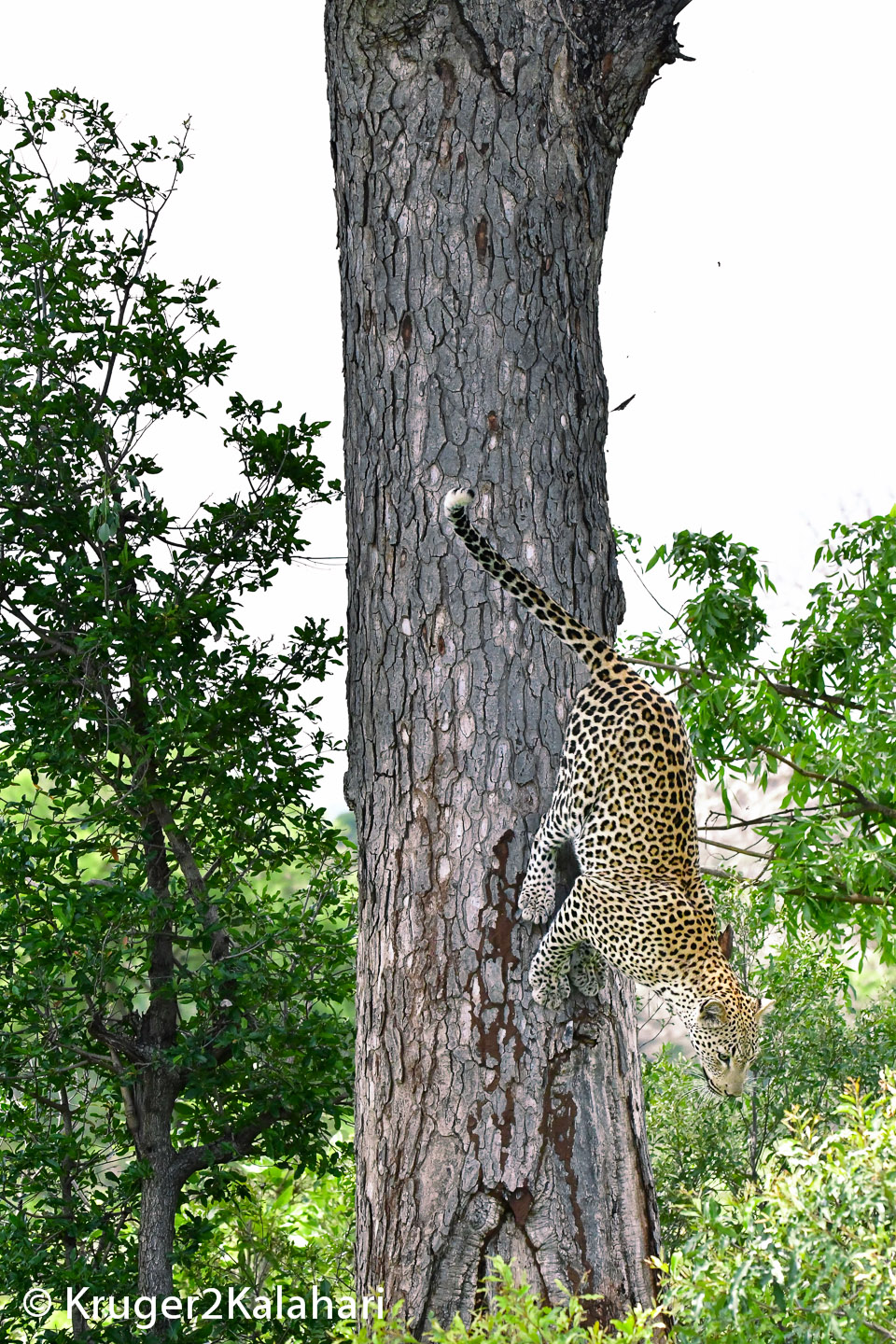
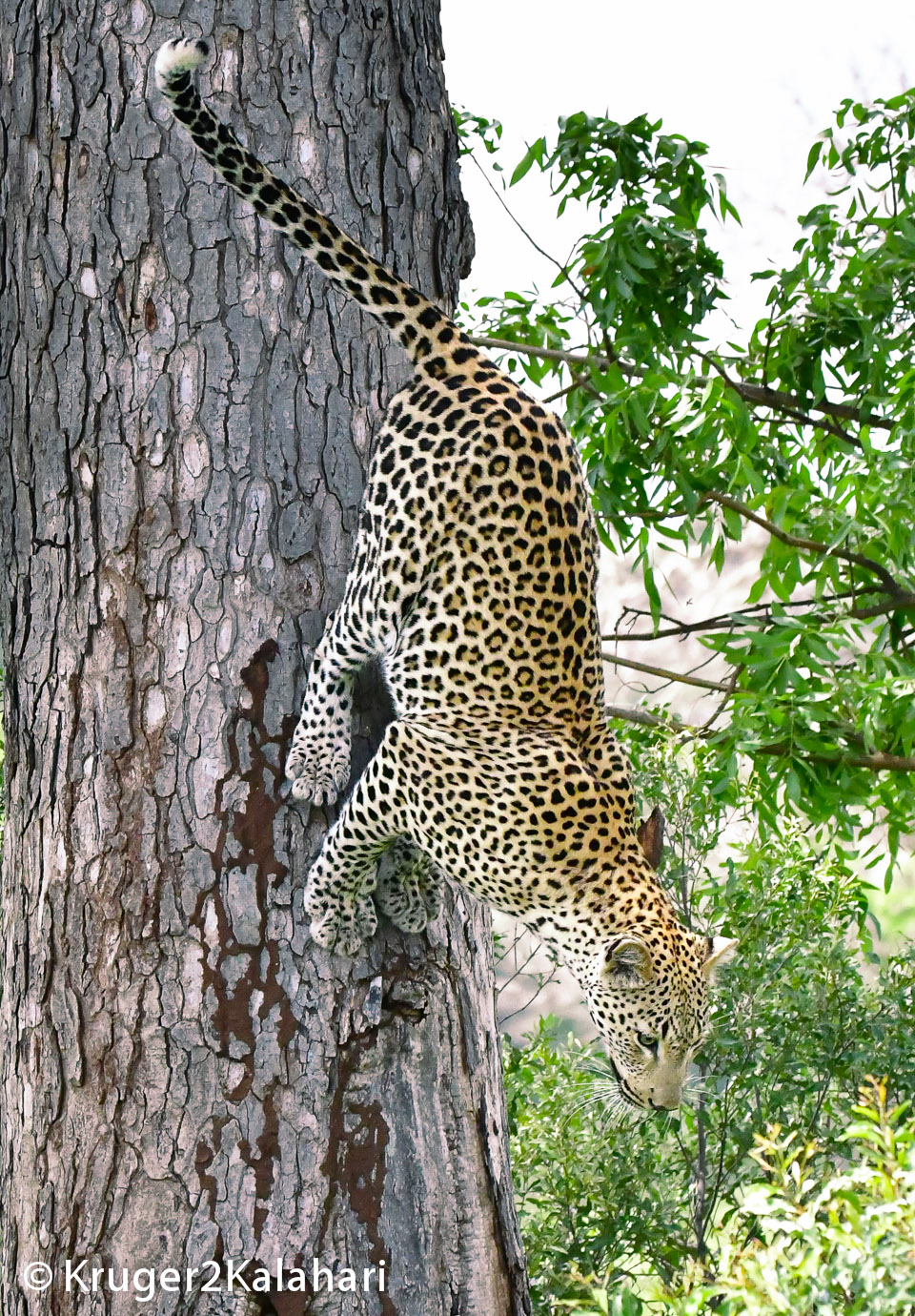
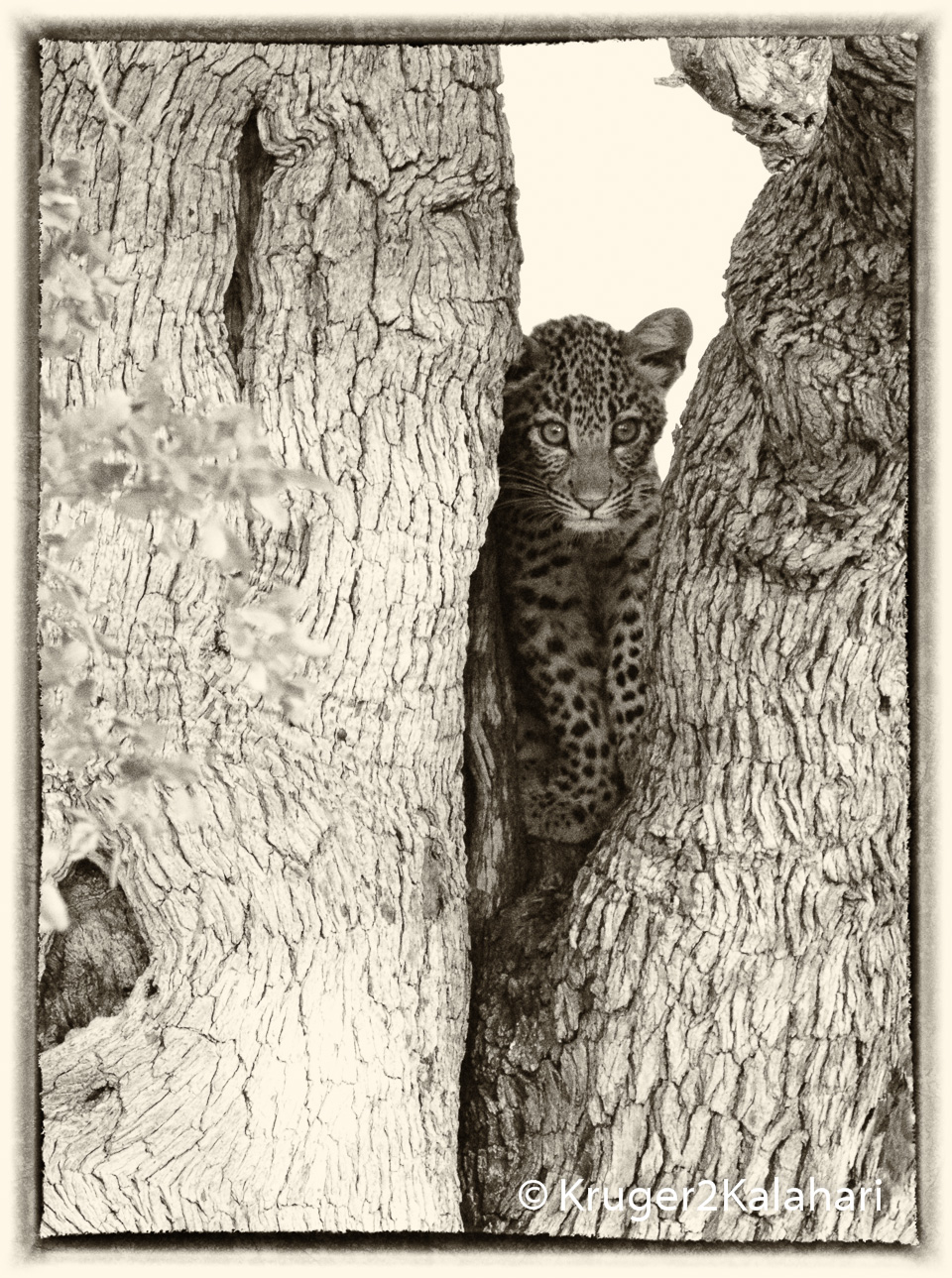
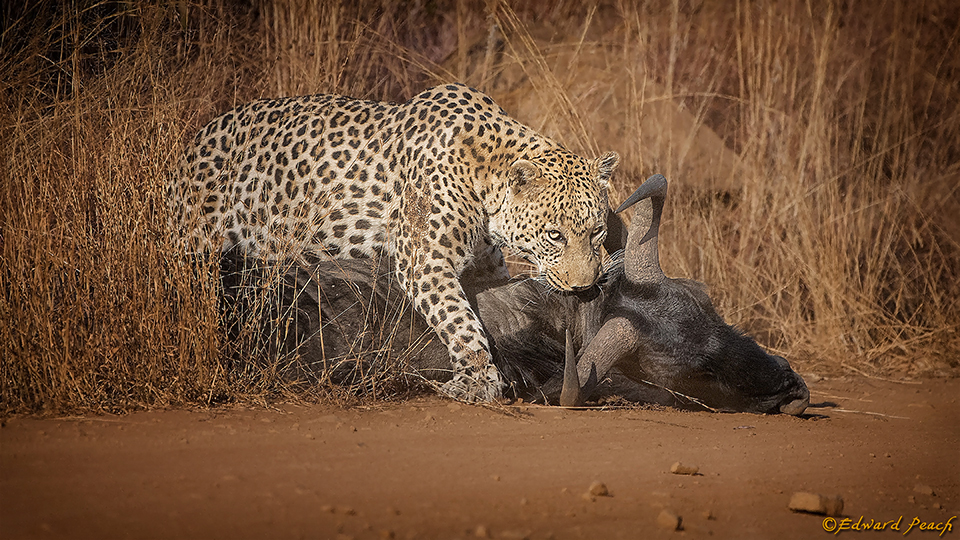
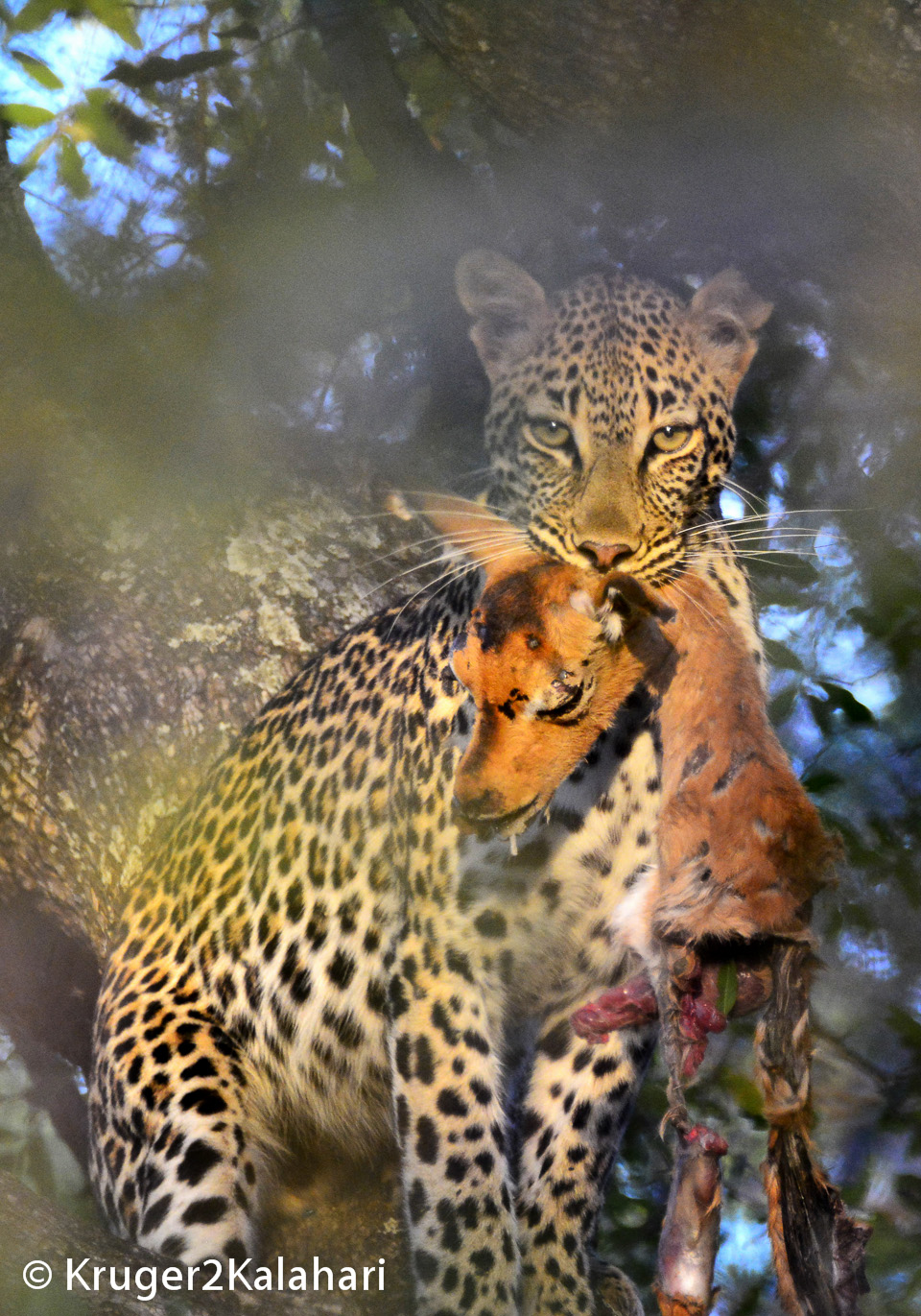
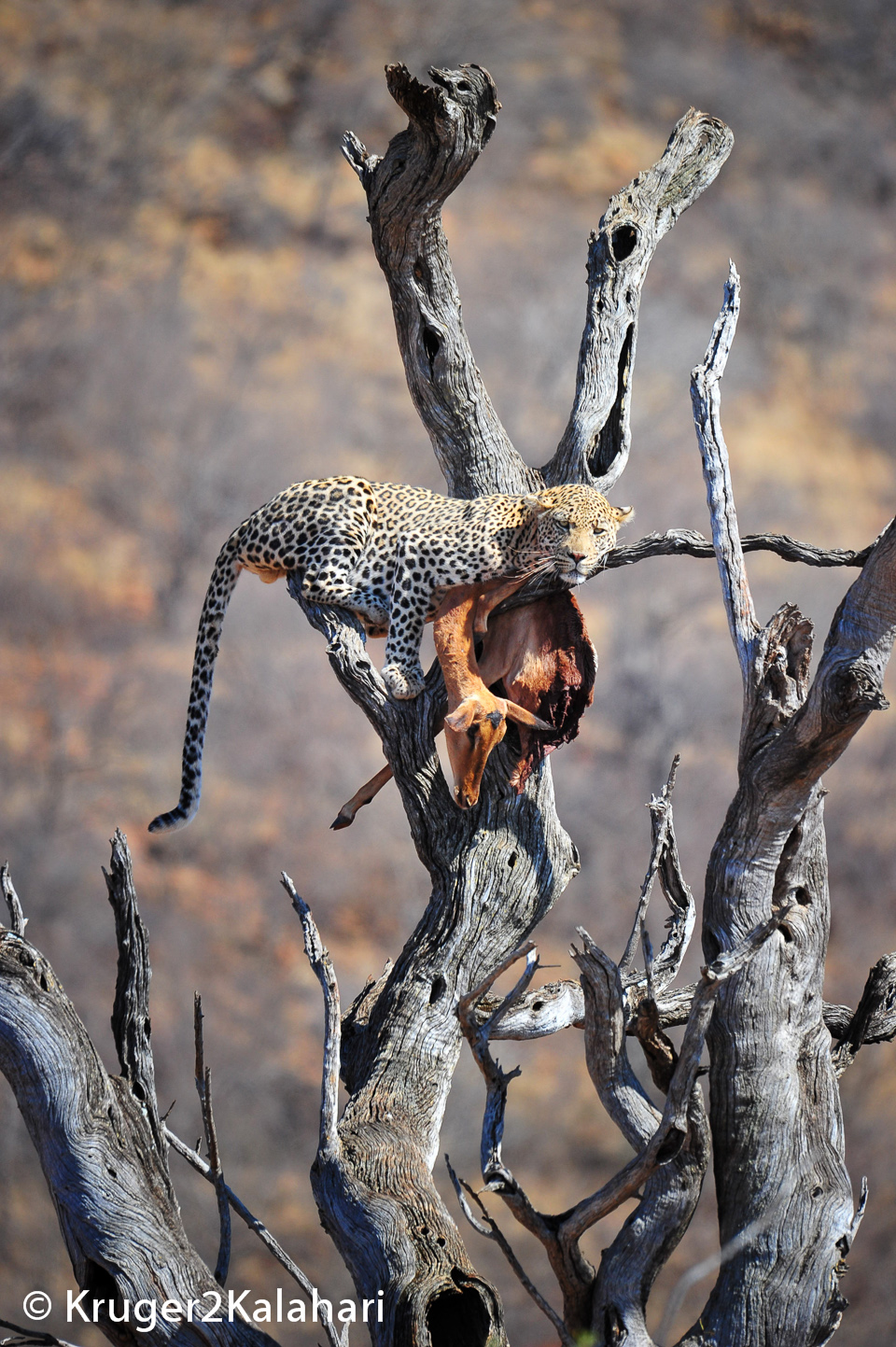
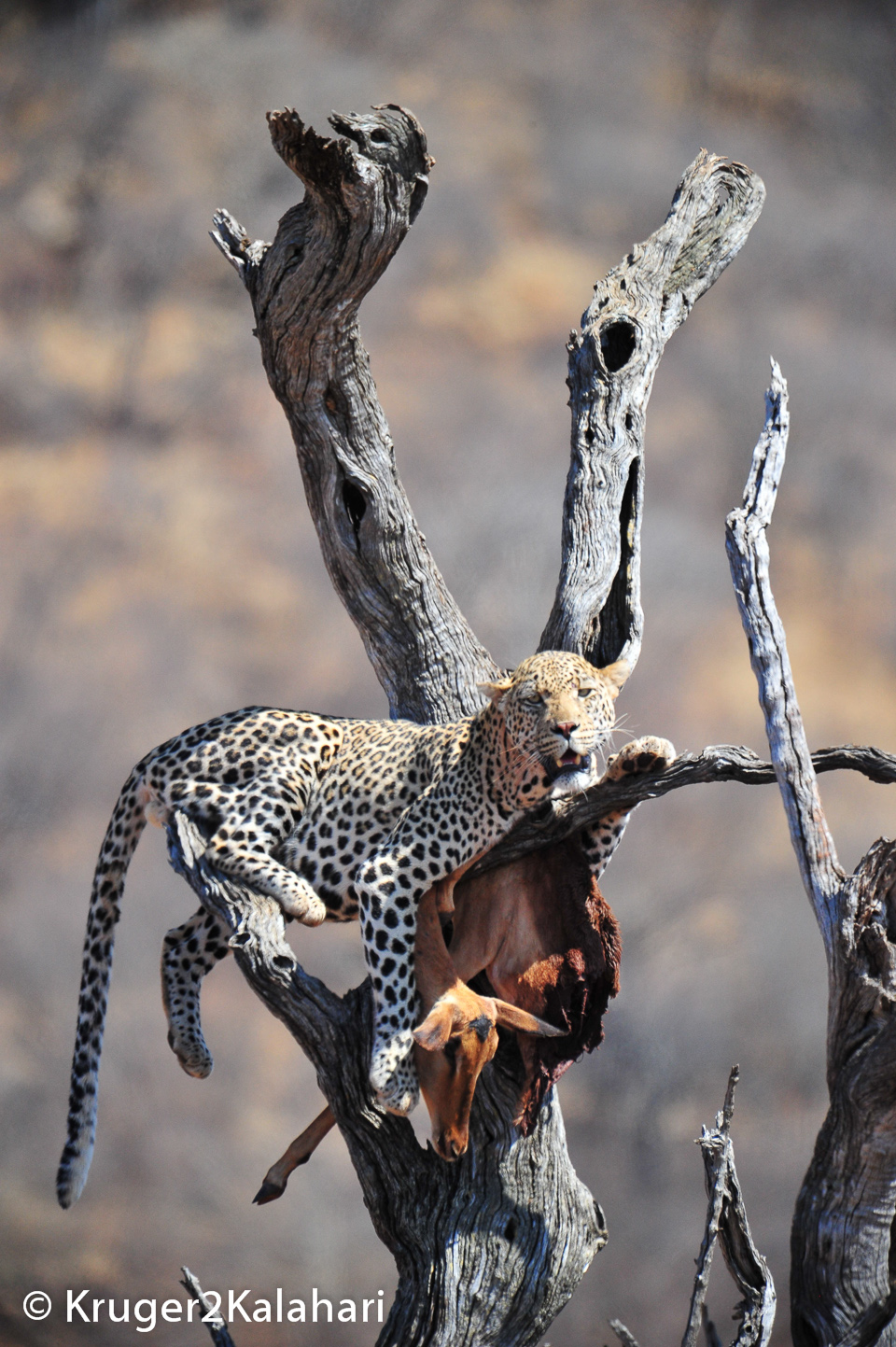
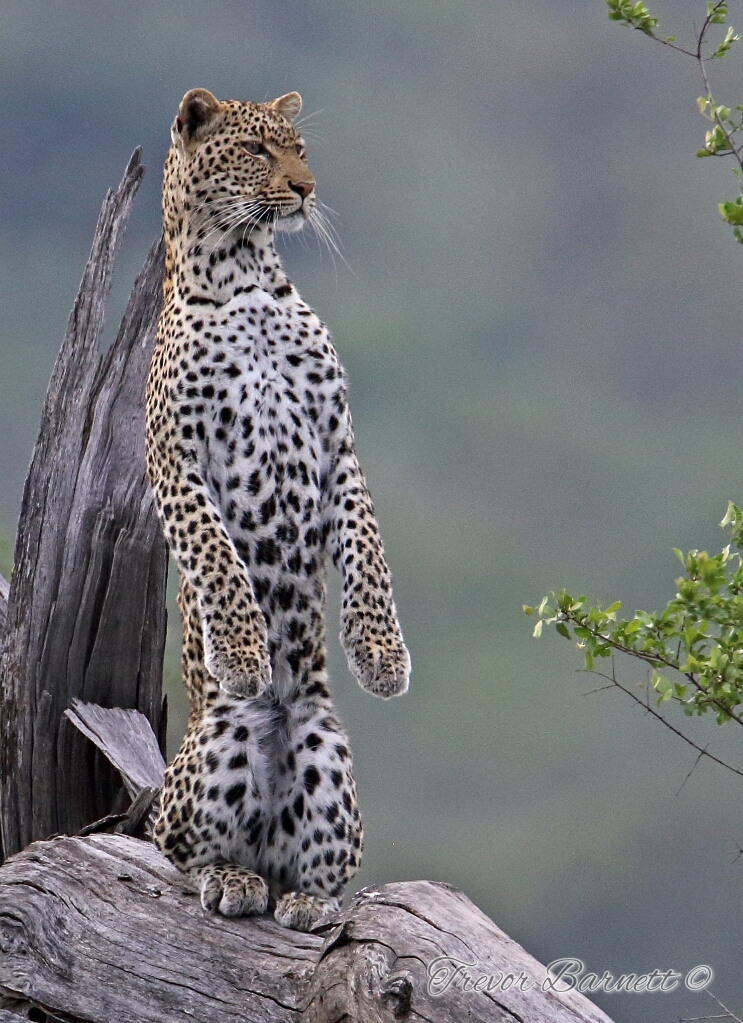
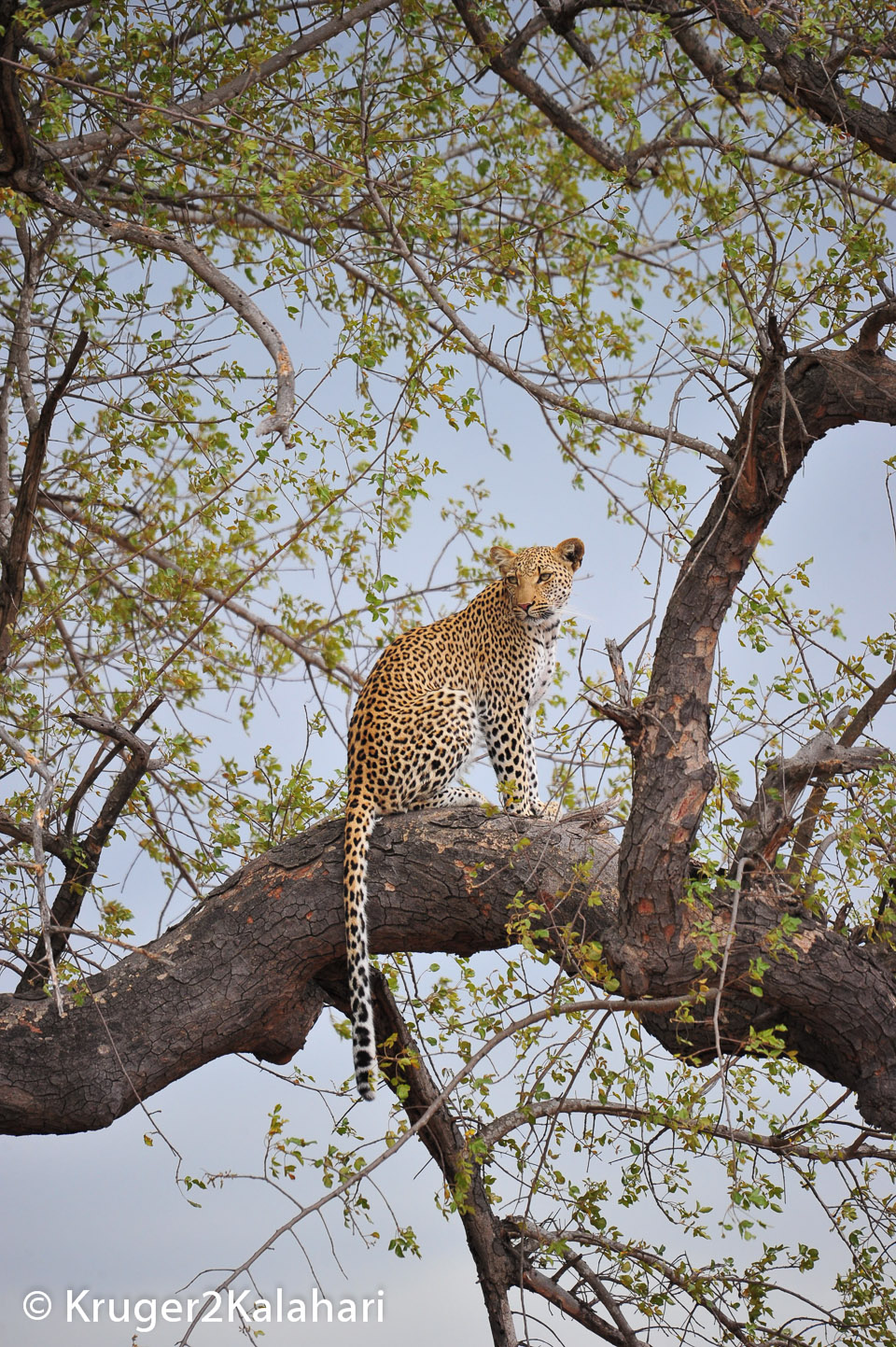
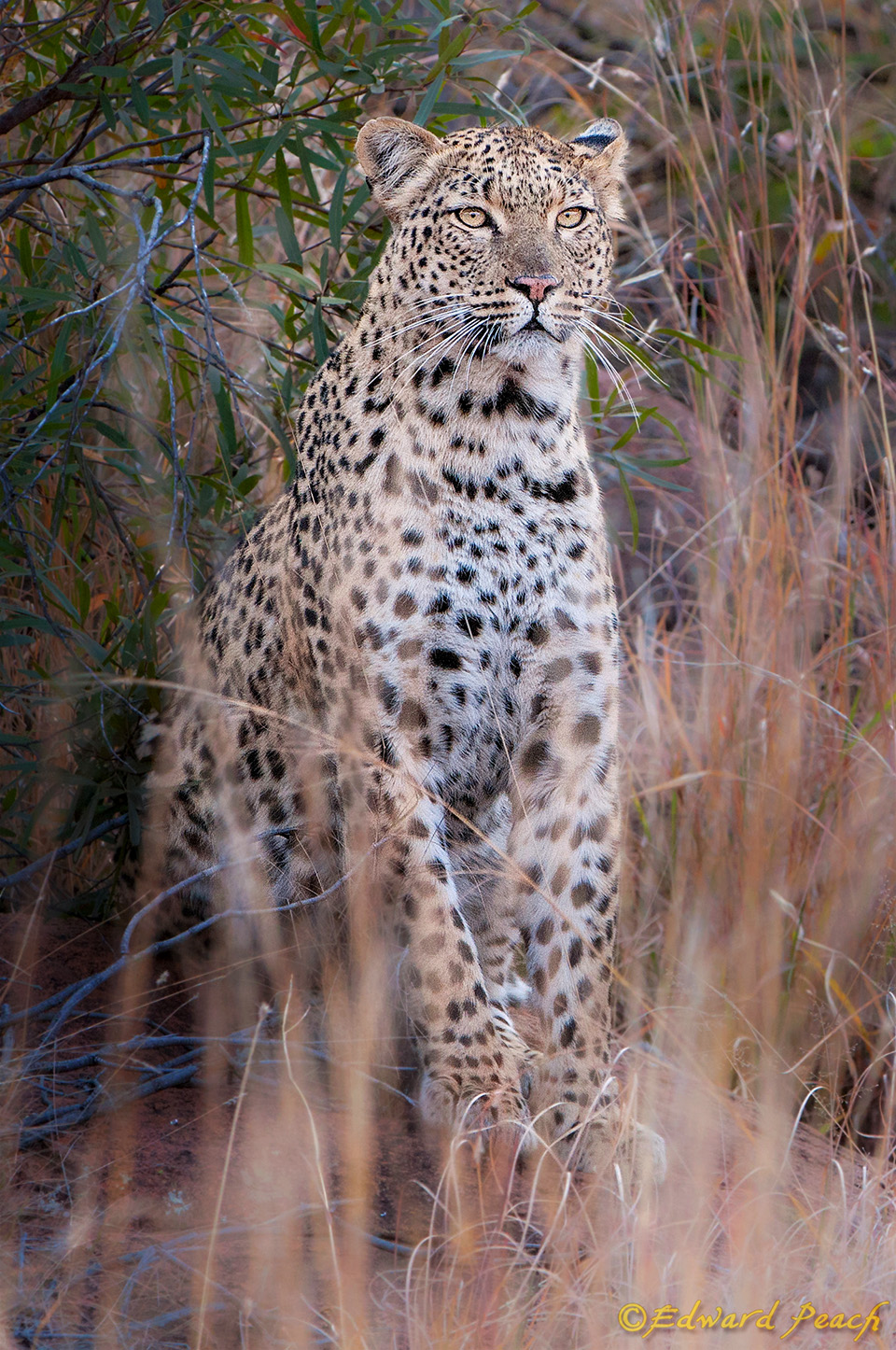
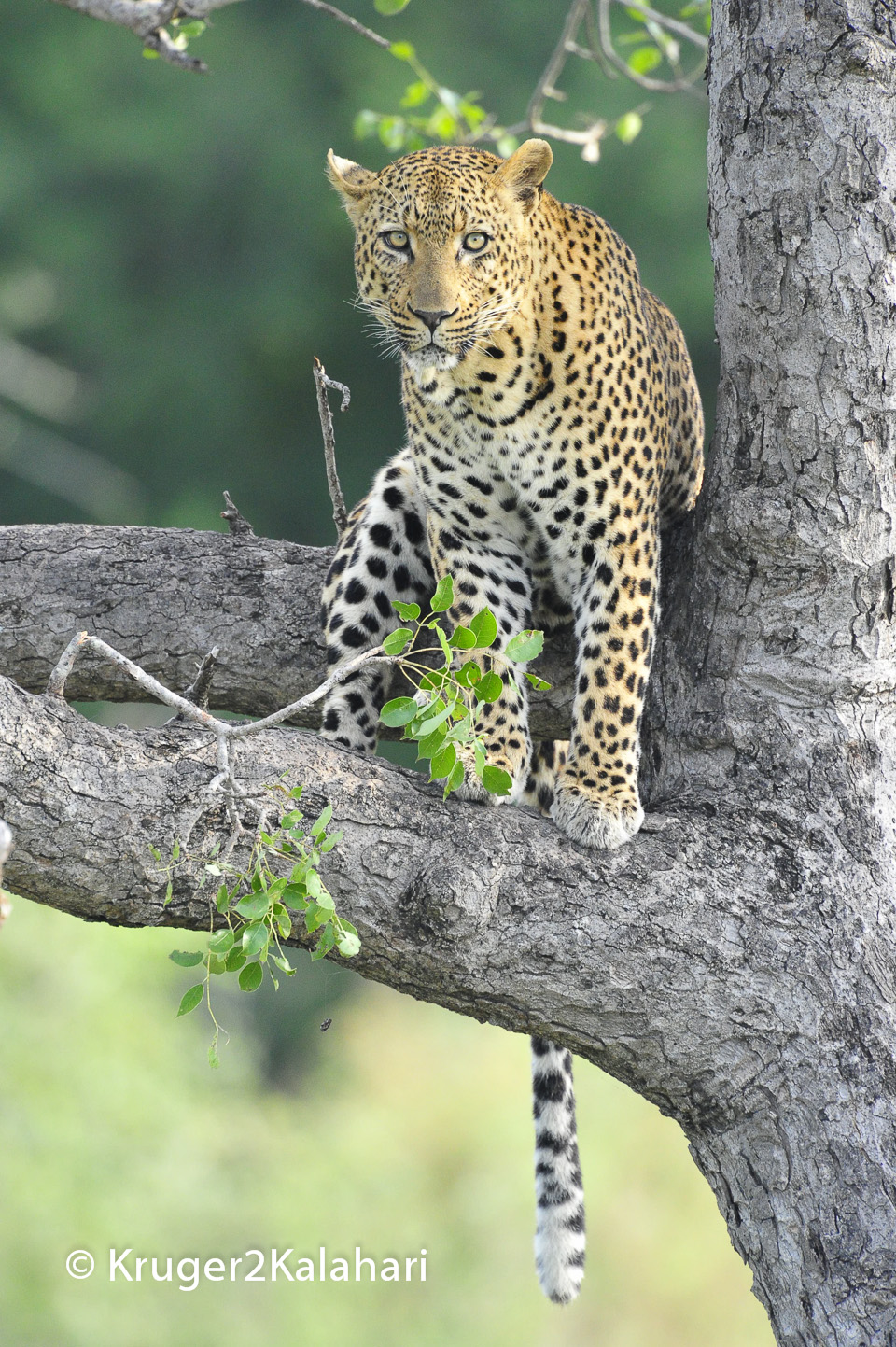
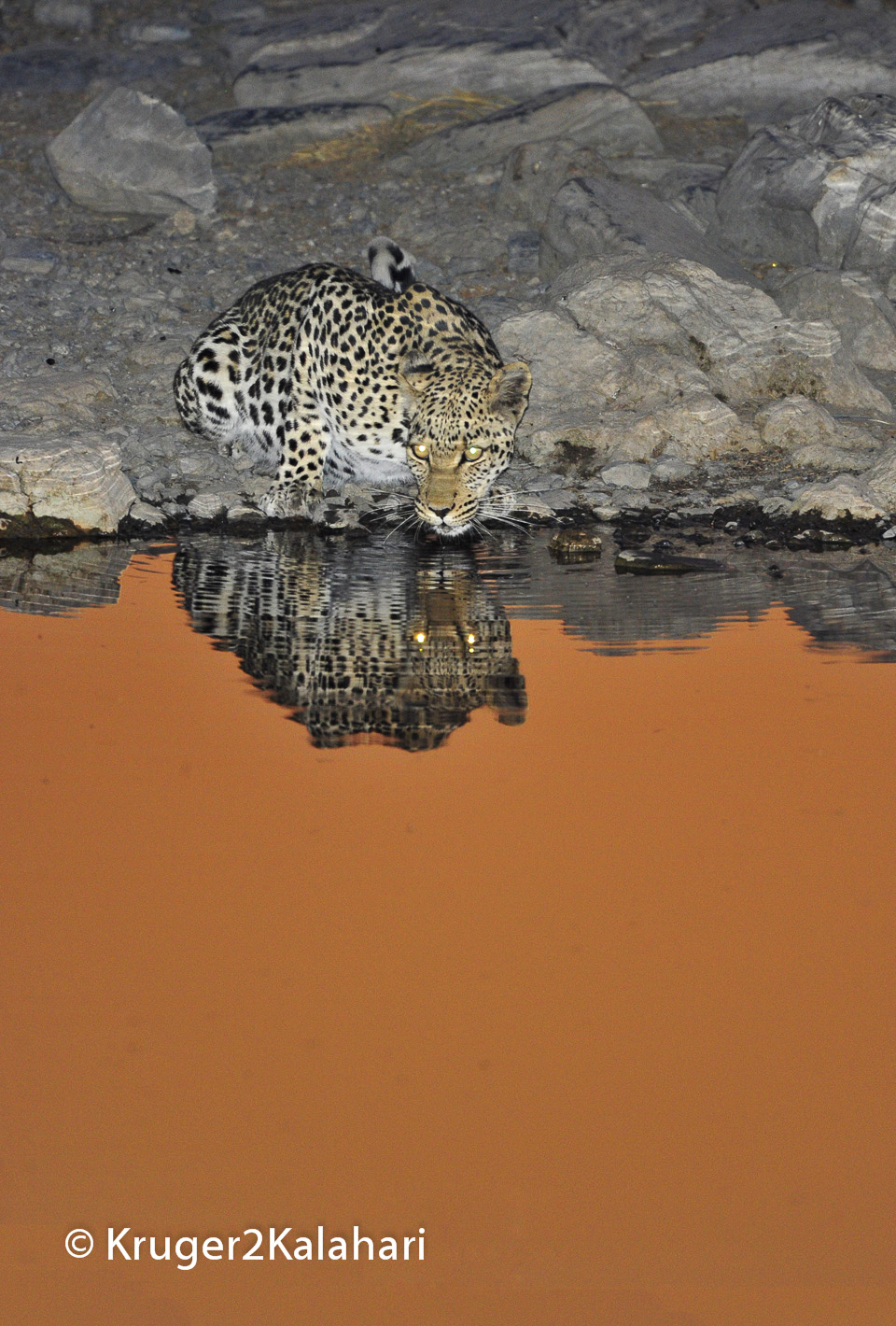
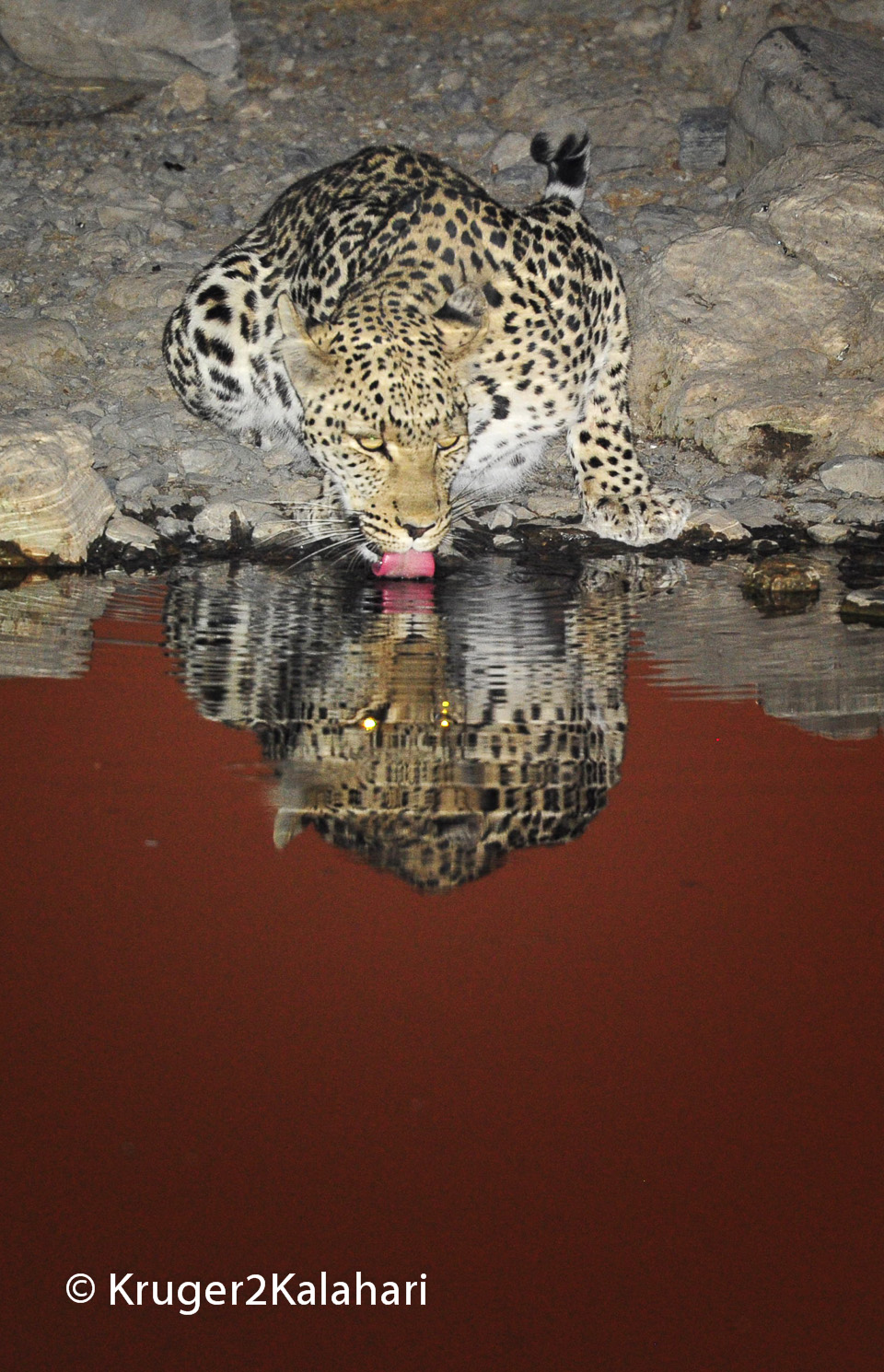

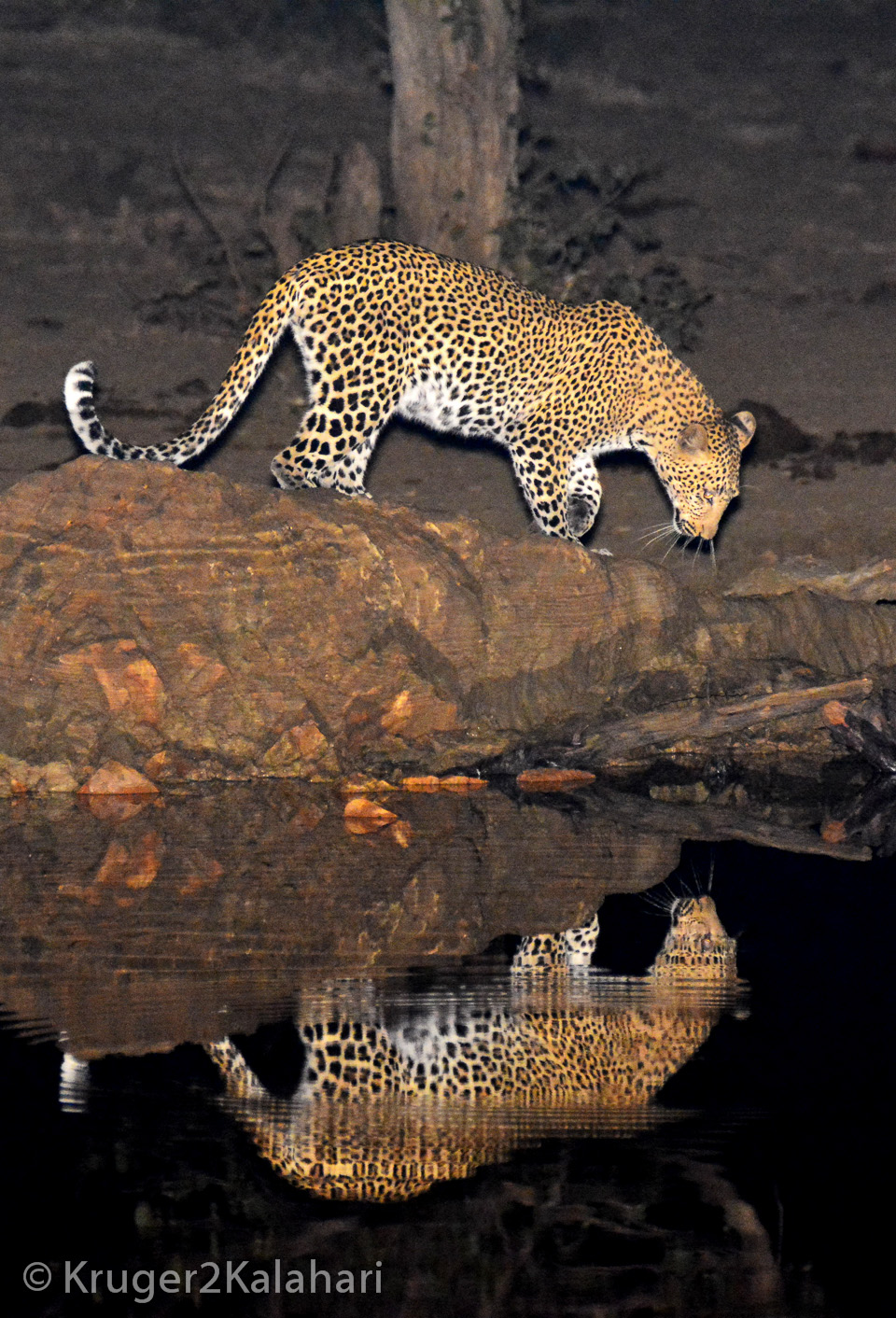
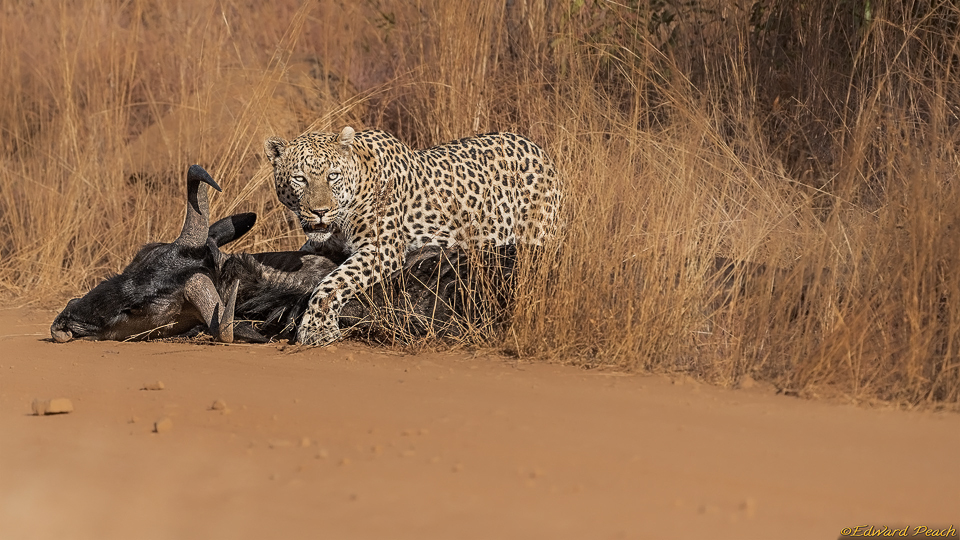
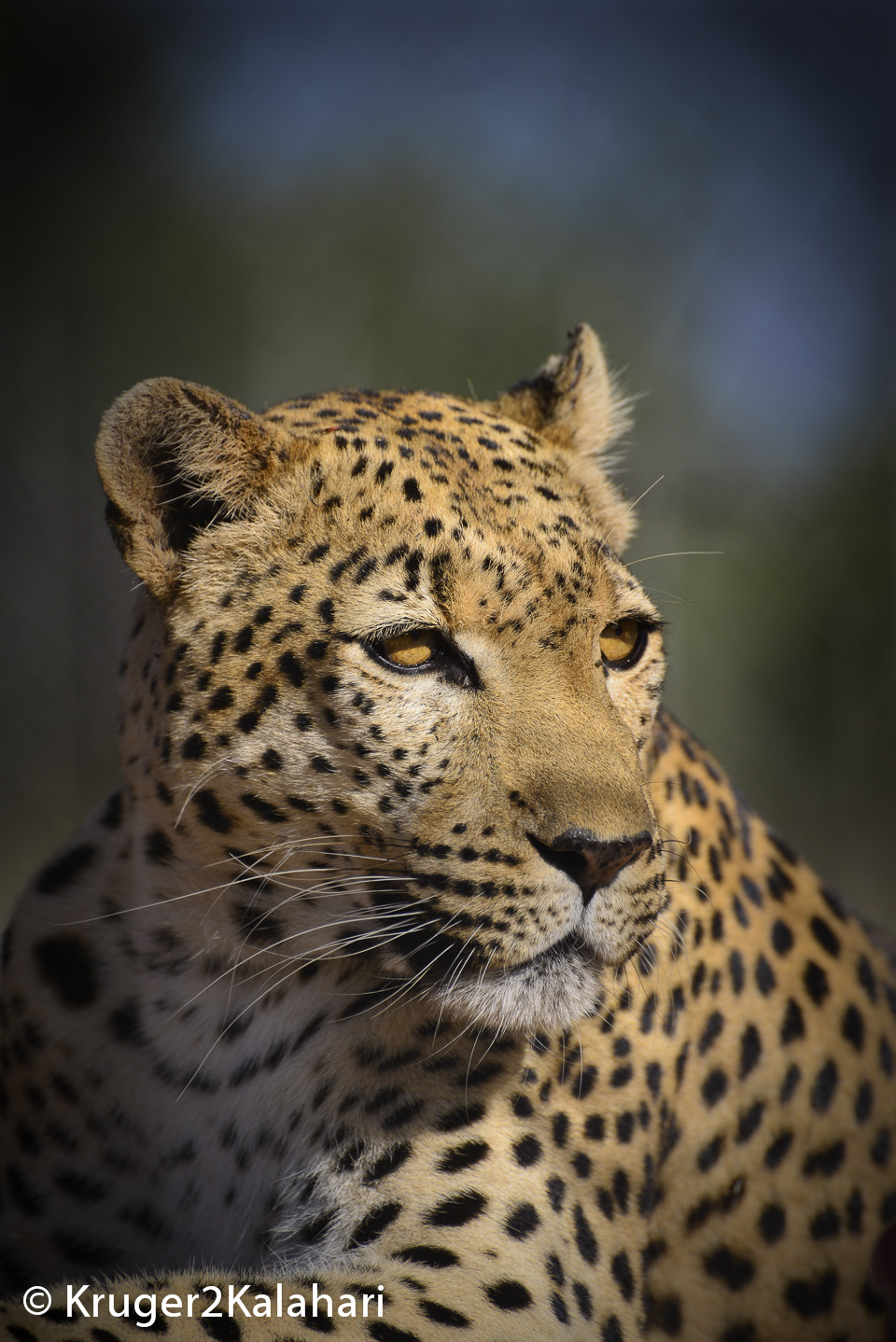
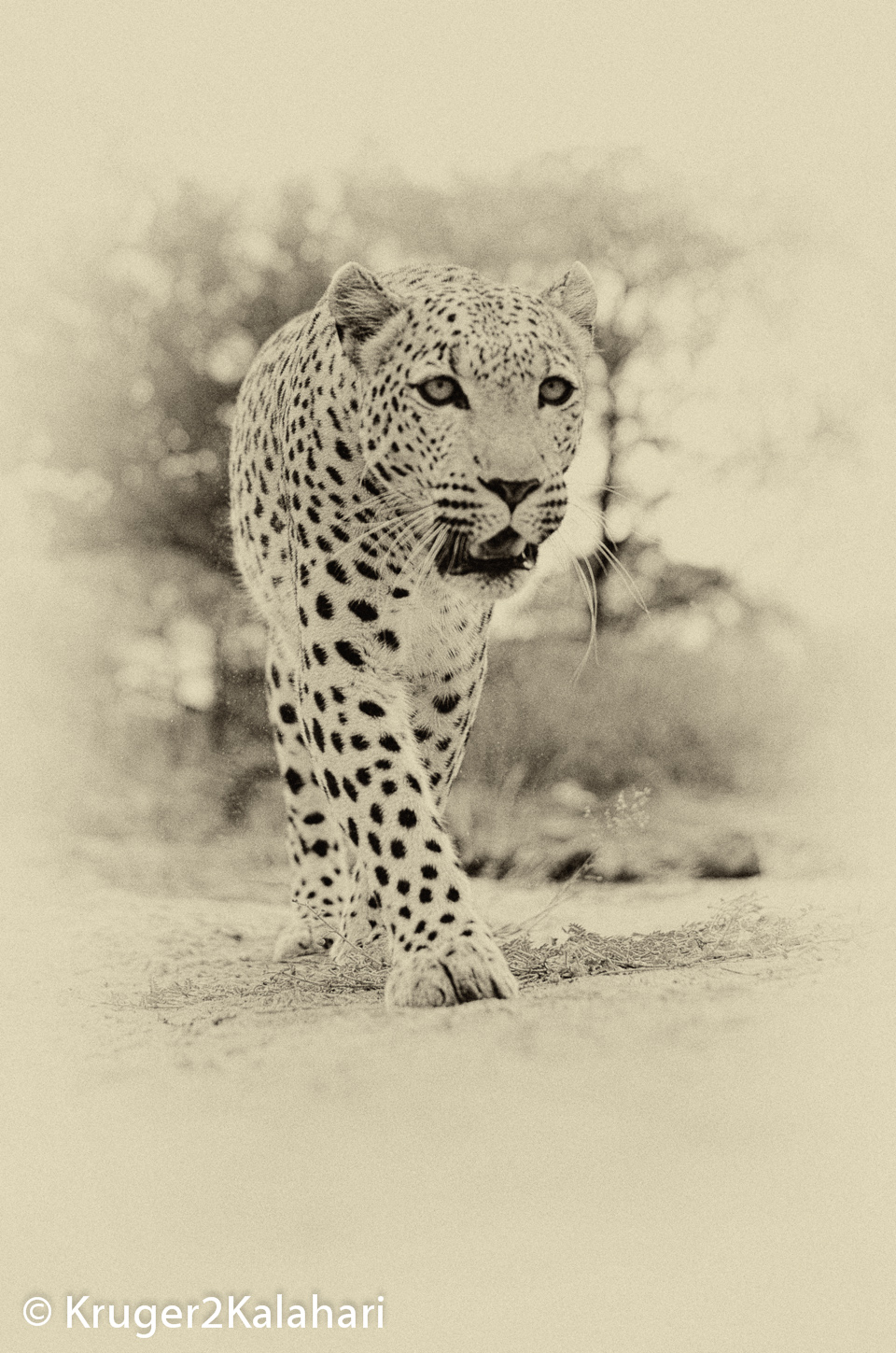
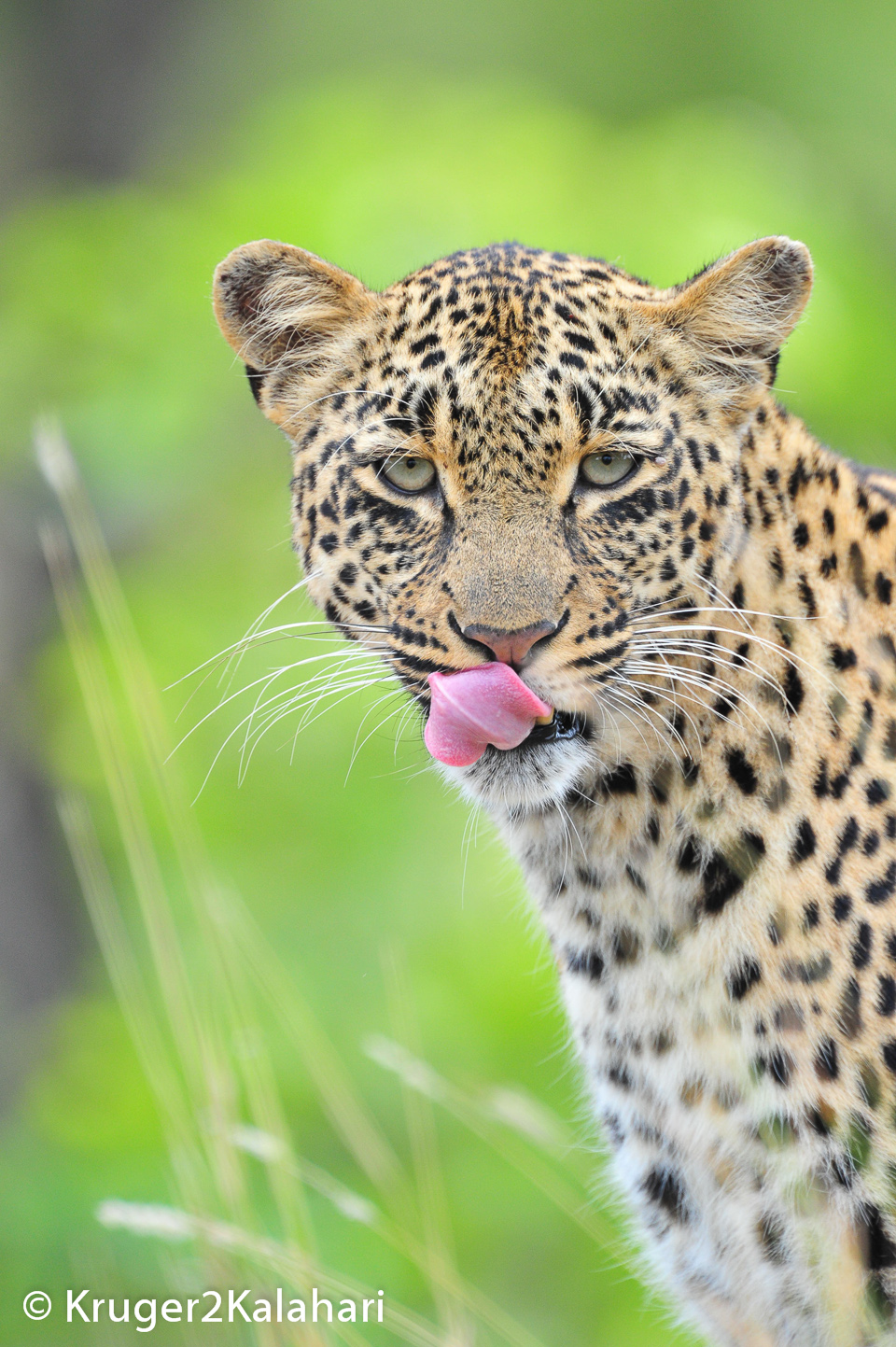
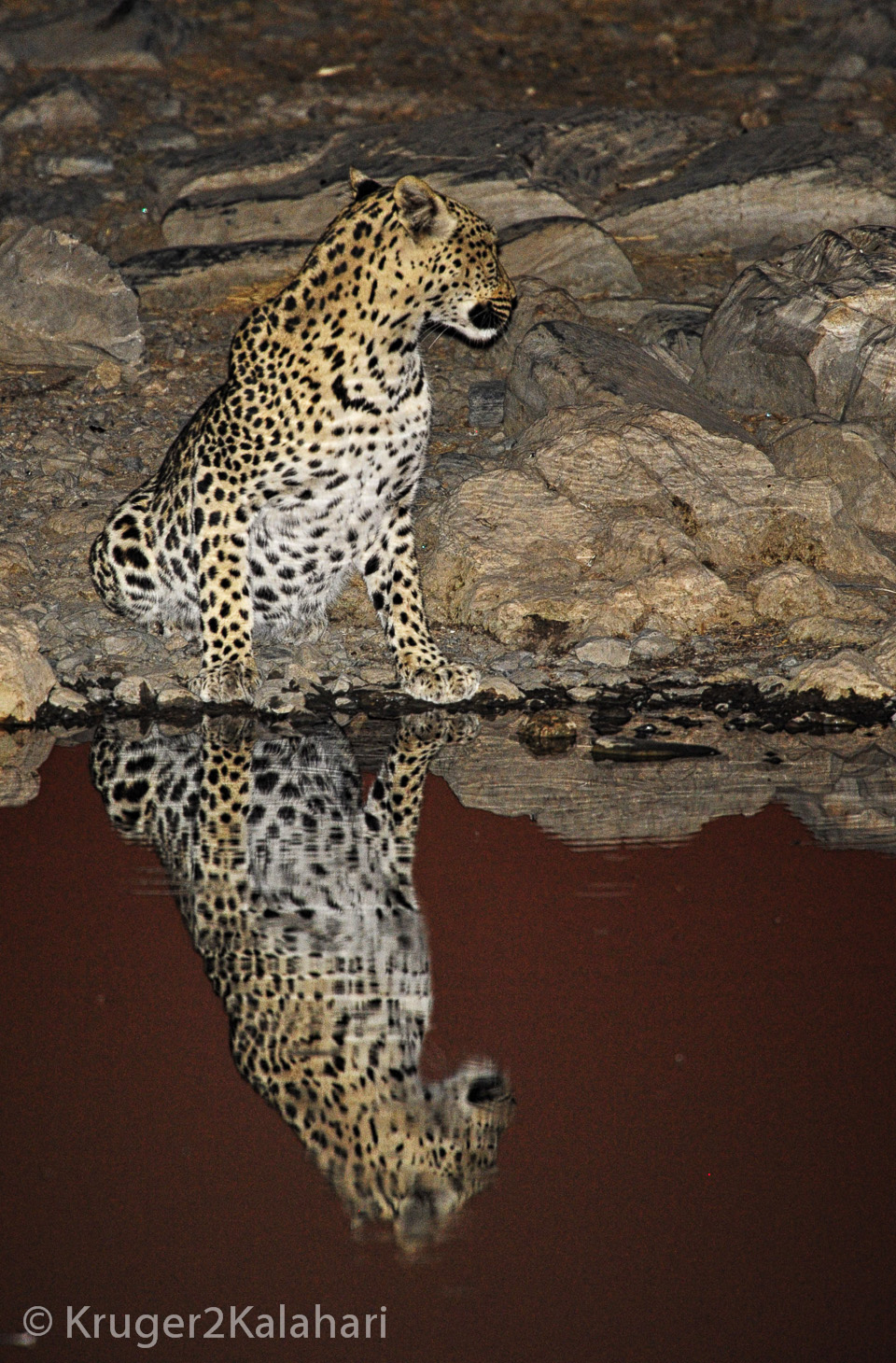
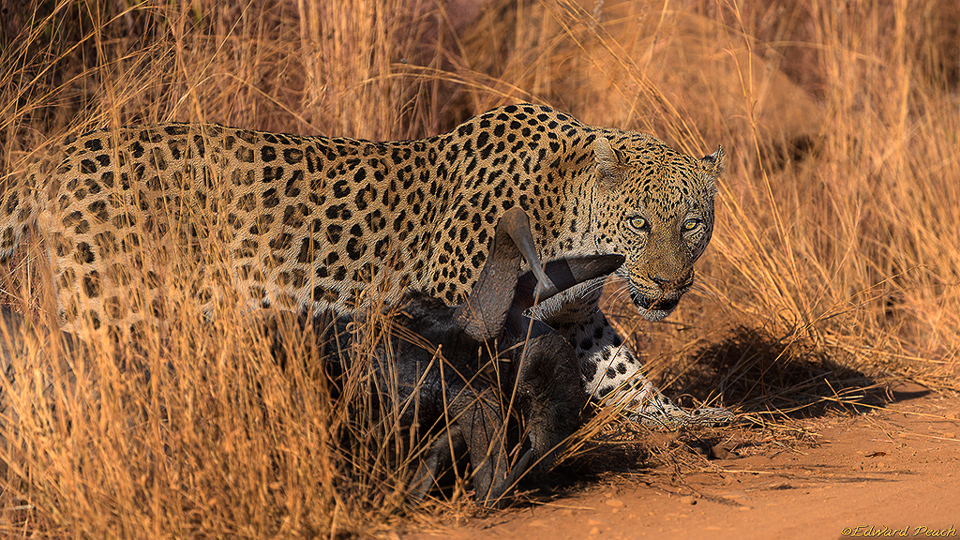









New! Comments
Have your say about what you just read! Please leave us a comment in the box below.